|
During my holistic nutrition certification, I learned that a healthy gut is the cornerstone of overall well-being. It plays a crucial role in digestion, nutrient absorption, and even immune function. While there are numerous ways to support gut health, adopting a vegan diet rich in plant-based foods can provide an abundance of nutrients that promote a thriving gut microbiome. In this blog post, l highlight five vegan foods that are particularly beneficial for gut health. Fermented Foods Fermented foods are packed with beneficial probiotics, which are live microorganisms that support gut health by balancing the intestinal flora. Vegan options include sauerkraut, kimchi, tempeh, and fermented soy products like miso. These foods not only introduce healthy bacteria into the gut but also aid in digestion and nutrient absorption. Legumes Legumes, such as beans, lentils, and chickpeas, are rich in fiber, which is essential for maintaining a healthy digestive system. Fiber helps regulate bowel movements, prevents constipation, and fosters the growth of beneficial bacteria in the gut. Additionally, legumes are a great source of prebiotics, non-digestible fibers that serve as food for probiotics, further supporting gut health. Whole Grains Whole grains like quinoa, brown rice, oats, and barley are not only nutrient-dense but also rich in fiber, vitamins, and minerals. They provide sustained energy and promote digestive regularity. The fiber in whole grains acts as a prebiotic, nourishing the gut microbiota and promoting a diverse microbial community, which is linked to better overall health. Fruits and Vegetables A rainbow of fruits and vegetables should be staples in any vegan diet. These plant-based foods are loaded with fiber, vitamins, antioxidants, and phytonutrients, all of which contribute to a healthy gut. Berries, bananas, apples, leafy greens, broccoli, and artichokes are particularly beneficial for gut health due to their high fiber content and diverse array of nutrients. Nuts and Seeds Nuts and seeds are excellent sources of healthy fats, protein, fiber, vitamins, and minerals. They provide essential nutrients that support gut health and overall well-being. Almonds, walnuts, chia seeds, flaxseeds, and hemp seeds are especially noteworthy for their omega-3 fatty acids and fiber content, which help reduce inflammation and support gut integrity. Incorporating these five vegan foods into your diet can go a long way in promoting gut health and overall vitality. By nourishing your body with fermented foods, legumes, whole grains, fruits, vegetables, nuts, and seeds, you're providing your gut microbiome with the nutrients it needs to thrive. Remember to prioritize diversity in your plant-based diet to ensure you're getting a wide range of beneficial nutrients and compounds. Your gut will thank you for it!
0 Comments
A common misconception about veganism is that it's challenging to meet essential nutrient requirements, especially calcium. However, with a well-balanced and informed approach, vegans can easily obtain all the necessary nutrients, including calcium, from plant-based sources. Calcium is crucial for maintaining strong bones and overall health. In this blog post, we'll explore some of my favorite vegan sources of calcium! Dark Leafy Greens Dark leafy greens like kale, collard greens, and bok choy are excellent sources of calcium. These nutrient-rich greens provide a powerhouse of vitamins, minerals, and fiber. For instance, a cup of cooked collard greens can deliver up to 25% of your daily calcium needs. Whether enjoyed in salads, stir fry dishes, or smoothies, these greens are a delicious way to fortify your bone health. Fortified Plant Milks Fortified plant milks, such as almond milk, soy milk, and oat milk, are becoming increasingly popular among vegans and non-vegans alike. These milks are fortified with essential nutrients, including calcium and vitamin D. Check the labels to ensure you're selecting varieties with adequate calcium content. Tofu and Tempeh I enjoy using tofu in my vegan pizza recipes, vegan mac and cheese, and so much more. Tofu and tempeh are versatile and protein-rich foods that also pack a calcium punch. Depending on the brand and preparation, a 3.5-ounce serving of tofu can provide about 20% of your daily calcium needs. Incorporate these soy-based foods into your meals for an amazing calcium boost. Sesame Seeds Tiny but mighty, sesame seeds are loaded with calcium. Whether sprinkled on top of salads, added to granola, or used as a flavorful seasoning, these seeds offer a substantial calcium contribution. Additionally, they bring healthy fats and essential nutrients to the table. Chia Seeds Chia seeds have gained a reputation as a superfood for their omega-3 fatty acids, fiber, and protein content. They are also a noteworthy source of calcium, with two tablespoons providing about 18% of your daily calcium needs. Try making chia pudding or adding chia seeds to your morning smoothie for a nutrient-packed treat. Beans and Lentils Beans and lentils are not only rich in protein and fiber but also contain notable amounts of calcium. Incorporating these legumes into your diet can help you maintain strong bones while enjoying the benefits of their nutritional profile. Chickpeas, black beans, and lentils are great choices to consider. Almonds Almonds are a delicious and crunchy snack that also happen to be a great source of calcium. They are rich in healthy fats, vitamin E, and other essential nutrients. A handful of almonds can contribute to your daily calcium intake while satisfying your snack cravings. Fruits Certain fruits, such as figs and oranges, provide smaller but still valuable amounts of calcium. Figs, both dried and fresh, contain easily absorbable calcium. Meanwhile, oranges not only provide a dose of vitamin C but also contribute to your calcium intake. Transitioning to a vegan lifestyle doesn't mean compromising your bone health. By including these great vegan sources of calcium in your diet, you can enjoy strong bones and overall wellness while embracing a cruelty-free lifestyle. From dark leafy greens to fortified plant milks, the plant kingdom offers a diverse array of calcium-rich options that are as good for your body as they are for the planet. Remember to maintain a balanced diet, and consider consulting a healthcare professional or registered dietitian to ensure you're meeting your individual nutrient needs. With informed choices, you can thrive on a vegan diet and reap the benefits of these incredible calcium sources. This post contains an affiliate link that I earn commissions from. Thank you. It's back-to-school time and the beginning of a new school year. As a vegan parent it also means preparing healthy school meals and snack options as well. A majority of states do not have plant based initiatives in school, but there is hope. California recently became the first state to support plant-based school meals and committed $700 million to vegan school lunches. There is also an initiative in New York City schools called Plant Powered Fridays which gives students access to vegan school food every Friday. Other school districts across the country are giving students vegan lunches as well. Beginning in August 2023, Illinois public schools will serve vegan food to over 2 million students. This is exciting and encouraging as other school districts across the country fight to offer plant based meals to students. The right food and snack choices have a huge impact on how students perform, grown, and learn. I wanted to do this post because I am often asked about vegan snack ideas, and I wanted to share with you some of my favorites. A few of the links are to my affiliates, and a small percentage comes back to me so I can continue to publish vegan children's books. MadeGood Star Puffed Crackers We have been a fan of MadeGood products for a long time. From Granola Minis to Granola bars, everything is made with such high standards and packed with wholesome and nutritious ingredients. We were very excited to see star puffed crackers on the store shelves. They are baked with gluten-free, organic ingredients, and they are free from the most common allergies. My daughter's favorite flavor is cheddar, but I enjoy the sea salt puffed crackers. Before they were widely popular at her school, I would always bring MadeGood snacks to school parties, and the kids loved them. When they saw ingredients like spinach, broccoli, carrots, tomatoes, beets, and mushrooms, they were shocked! Because each product contains vegetable extracts, they are also filled with vitamins and minerals. And you would never know these ingredients are in there because the cookies and granola bars are are rich and decadent, the crispy squares are chewy and delicious, and the crackers are crispy and crunchy. Here are other links to some of our favorites, and we save money by buying in bulk on Amazon instead of the individual boxes in stores. MadeGood Granola Minis MadeGood Granola Bars MadeGood Soft Baked Cookies Mezcla Vegan Plant Protein Bars Original. Puff-crispy. Innovative. Tasty. These are just a few words to describe Mezcla bars. We discovered these a few years ago and were amazed by the unique flavor combinations and nutritional value. There are four one-of-a-kind flavors, 10 grams of protein per serving, and they are always soy, dairy, and gluten-free. The base is made from green pea crisps. My daughter likes the Canadian Maple Blueberry, and my favorite is the Mexican Hot Chocolate. Check out all the amazing choices below! Several people have asked, so I included a link to the lunch bag as well. Lunch Bag Mezcla Vegan Plant Protein Bars - Variety Pack Hemp Protein Bars
Did you know that hemp hearts are the most nutritionally complete food source in the world? These nutrient-dense protein bars have a rich and creamy texture and contain ingredients like cashew butter, hemp protein, cocoa butter, and chocolate. Hemp protein is also very digestible, and it may be a great option for those with diet sensitivities. I'm partial to the Cookie Dough Hemp Protein Bars, but check out all the amazing flavors: Use code: TSV to get 20% off! Please let me know if you try any of these vegan snack ideas. I would love to hear how you and your family enjoyed them. Also, check out what I had to say about The Loving Hut Sandy Springs, a fabulous restaurant with raw and unique creations and tons of vegan options. If you're ever in the Atlanta area, give them a try! It seems like the question never gets old. It is the topic of many discussions online, and it is a question I am asked at least once a week, "Where do you get your protein?" These six words are now music to my ears because I have educated myself on the topic. I have done my research, and I enjoy discussing vegan protein sources with non-vegans, new vegans, and everyone in between. There are many great vegan sources of protein, but I wanted to highlight a few of my favorites. 1. Quinoa Quinoa contains over eight grams of protein per serving. It is also high in fiber and considered a "complete protein" because it contains all the essential amino acids. My burrito recipe is packed with quinoa and an abundance of protein. Spelt Spelt contains over 10 grams of protein per serving. It boosts the immune system, builds strong bones, and it's a great wheat alternative for those with gluten sensitivities. Spelt comes in many forms. I paired my tofu scramble recipe with delicious spelt English muffins. Black Beans Packed with almost eight grams of protein per serving, black beans have a variety of health benefits. They are high in fiber, naturally low in sodium, and the selenium content helps fight cancer. Black beans can be used in a variety of ways. I like to use them in my cheeseburger avocado pizza recipe. Tofu One half-cup serving of raw firm tofu contains over 10 grams of protein. Tofu is also a great source of amino acids, iron, and calcium. Just look for organic, non-GMO tofu. Tofu is an amazingly versatile product. There are several great brands that produce quality products. I use Tofurky Slow Roasted Chick'n in my vegan chicken salad recipe. It fools non-vegans every time! Walnuts A one ounce serving of walnuts contains 4.3 grams of protein. Walnuts are also rich in omega-3 fatty acids and help fight coronary diseases. Walnuts are a great source of vitamin E and promote healthy skin as well. My lettuce wrap recipe with "walnut meat" shows how walnuts can truly be transformed into a savory and delicious meat substitute.
The vegan plant based protein list is long. It is great to know that we can get all of our protein, vitamins, and minerals from eating a plant based diet. If someone persists in asking you about more vegan sources of protein, here are a few more things you could mention: 1. Lentils 2. Amaranth 3. Wild Rice 4. Non-dairy milk (soy, almond, cashew, etc.) 5. Pumpkin Seeds 6. Oatmeal 7. Tempeh 8. Spinach 9. Broccoli 10. Almonds 11. Nutritional Yeast 12. Chickpeas 13. Edamame 14. Nut butter 15. Sprouted grain bread 16. Hempseed 17. Green peas 18. Chia seeds 19. Spirulina 20. Avocado
Maybe I have food allergies and have no idea. Maybe it's because I have only been vegan for a year and a half and consumed a lot of dairy products leading up to the start of my vegan journey. I am not sure the reason, but frequently I have been waking up with nasal congestion and throat congestion. In another blog I talked about digestion problems and a skin rash that I had all the way up until I became vegan. After I became vegan, they both cleared up within a matter of weeks and never returned, but the nasal and throat congestion has been a lingering and aggravating nuisance. Several studies show that wheat or gluten can cause the congestion a well.
One of the major components of Dr. Sebi's plan is eliminating mucus from the body. He states, "Mucus is the cause of every disease." He also discusses how eating too many acidic and not enough alkaline foods causes the production of mucus in the body. So, I carefully studied his list, and started my seven day plan to see if I would notice a difference in my system.
During the seven days, my diet mostly consisted of peaches, melons, walnuts, lettuce, garbanzo beans, cucumbers, avocados, and tomatoes.These are all on the list, and on the first day, I made a large amount of walnut "meat" and guacamole and ate this on lettuce wraps for several days. It is a delicious and simple vegan recipe. When I was not eating the wraps, I was eating bowls of fruit, homemade guacamole and cucumbers, or snacking on walnuts.
I also started every morning with a cup of warm water and lime juice. This is said to stimulate the gastrointestinal tract, and it also alkalizes the body and helps maintain a higher pH balance.
On day three I was more congested than usual. It was like my body was trying to eliminate in overdrive, and I really felt it. I had to keep a box of kleenex on hand throughout the day, and this was very frustrating. I was wondering if it would go away, but on day four I woke up with very little congestion at all. I kept eating my meals and snacks, drank plenty of water, and I really started feeling a huge difference. One of my go-to snacks was homemade guacamole and sliced cucumbers. I also enjoyed mango with cucumber slices as well.
Days five through seven were smooth sailing. On day five, I did deviate from the plan and had some raw pumpkin seed bars with my peaches. My daughter loves them, and I ended up buying a few of them for myself when I was getting some for her.
Overall, I have to say that after day three the congestion was minimal. I do think I need to take an allergy test just to see if I am unknowingly causing all this stuff that could easily be prevented. I do know that I am going to be more mindful about trying to make sure I include more alkaline than acidic foods in my diet and in the family meals I prepare. Will I stick solely to Dr. Sebi's plan? No. However, I will incorporate many of his principles into my lifestyle and continue to enjoy my vegan journey!
Affiliate Link: As an Amazon Associate, I earn from qualifying purchases.
If you browse through the various vegan recipes on my site you will see everything from vegan quesadillas to salads. Although there are many types of recipes, they often have one thing in common: beans! I include beans in my weekly meals and recipes because they not only taste good, they are good for you. A recent article by Thrive Cuisine highlights the amazing benefits of beans. The article is fascinating and goes in depth about the scientific research as well as some important health information as well. There are so many reasons why we should eat beans, but in this post we will look at four. Number one: Studies show that consuming beans could positively impact resting heart rate and also combat cardiovascular disease. Number Two: Studies show that regular consumption of low glycemic index foods like beans, may be beneficial in preventing and managing of Type 2 diabetes. Number Three: Beans can help you lose weight! They are one of the only foods with protein, fiber and complex carbs. This combination slows digestion and delays the onset of hunger so you stay full for longer. Number Four: Eating beans can make you less gassy. Many people avoid beans because of this very issue, but according to the Thrive Cuisine article, "The more beans you eat the better your body gets at breaking down the resistant starches which in itself has several benefits such as colon cancer prevention."
So grab your grocery list, and if beans are not on there, you many want to add them! For more information, check out the full article "The Benefits of Beans: We Explore the Scientific Research" here. This Thanksgiving was unlike any other. This was the first Thanksgiving that I celebrated as a vegan. It has been almost a year since I embraced the vegan way of life, and it has truly been a phenomenal experience. I am educating myself more than ever on what it truly means to be vegan and learning more and more about vegan food, dangerous factory farming, and I especially enjoy creating vegan recipes! My Thanksgiving meal consisted of a lot of delicious steamed veggies, and roasted Tofurky, a product I enjoy using in many of my recipes. I truly had a nutritious, colorful plate! I am thankful for so many things: my wonderful family, my health and my faith are just a few. This holiday weekend, I have been able to reflect on my vegan journey, and I am thankful that I am healthier and not participating in the harming of animals that suffer extreme violence in slaughterhouses and factory farming across the nation. I made a delicious veggie bowl with the Thanksgiving leftovers. It consisted of wild rice, black beans, sweet potatoes, green beans, broccoli, tomatoes, mushrooms, red onions, steamed kale, and Tofurky. I am proof that healthy eating doesn't have to be complicated or expensive. You can create great vegan meals using 10 ingredients or less just like all of the vegan recipes listed on this site. You can make everything from vegan desserts to vegan pizza! I am looking forward to posting some great vegan holiday recipes throughout the month of December! It's that time of year...cold and flu season. When you have a preschooler, it takes on a whole new meaning. Last year was my daughter's first year in school. Before she started, she was rarely ever sick. We kept her at home. Then she started preschool, and it hit us like a freight train. Her doctor said, "It's not uncommon for a preschooler to be sick six or more times during the school year." She was not kidding! It seemed like there was a cold every two or three weeks, but it did get better. School has been going on for about two months now, and there have already been a few colds and stomach bugs making their way around the classroom. Fortunately, we have not had to deal with the onslaught like we did last year, but we have had a couple of bouts. In fact, we are going through one right now. There are several things that I learned during the process. Fresh fruit naturally boosts the immune system. Fruit is loaded with vitamins, minerals, fiber and water. Consistently eating fresh fruit fortifies the immune system without the harmful side-effects of traditional cold medicines that often times contain artificial sweeteners, artificial colors, and GMOs. These are things I don't want to ingest, and I definitely do not want that for my child. The side effects are very troubling. Let's take a look at children's acetaminophen (Tylenol). Inactive ingredients: anhydrous citric acid, butylparaben, D&C red #33, FD&C blue #1, flavor, glycerin, high fructose corn syrup, microcrystalline cellulose and carboxymethylcellulose sodium, propylene glycol, purified water, sodium benzoate, sorbitol solution, xanthan gum. Studies have shown that blue #1 aggravates asthma, red #40 can lead to hyperactivity and lower IQ, and sleep disturbances; high fructose corn syrup, which is genetically modified and can potentially lead to a whole host of complications. Sodium benzoate, can cause nausea and vomiting. Doctors also love to prescribe antibiotics. There are numerous studies and reports about the dangers of antibiotics, and the Centers for Disease Control recently released a study saying "1 out of 3 antibiotic prescriptions are unnecessary." Dr. Joel Fuhrman recommends fresh fruits and vegetables to naturally boost your child's immune system. Check out my plant powered plate below. Read about the health benefits of the ingredients in this blog post. According to Healthy Habits Pediatrics, "During infancy and the preschool years, the average child gets seven or eight colds each year. During the school-age years they average five or six colds each year. Finally as teenagers they reach an adult level of approximately four colds per year." Thankfully, numerous studies show that a plant based diet is the way to go! This is one of my typical meal prep meals! "There are at least 200 cold viruses! As children have not had previous exposure to these germs, they are quite susceptible to catching each and every one they come in contact with. These germs are mainly spread hand to mouth." -Healthy Habits Pediatrics What ways do you combat cold and flu season? What works for you? I would love to hear your feedback and see your food photos! I use tofu in many of my vegan recipes. It is extremely versatile and tastes great, depending on how it is prepared. One of my non-vegan friends asked me, "What exactly is tofu, anyway?" So I decided to dedicate this post to my friend. I guess this is Tofu 101. It has been a staple in Asia for over 2,000 years. Tofu is made from soy. It is made by curdling soy milk and then pressing the resulting curds into soft white blocks. Tofu really doesn't have a taste, so it easily absorbs the flavors of the other ingredients. I used tofu to make some amazing burritos! It also works well in my chick'n salad. Delicious! This fruit medley salad is truly one of my favorite recipes with tofu! Health benefits I always non-GMO tofu and tofu products. Tofu has some pretty impressive health benefits. It's high in protein, calcium, and B-vitamins. Tofu also reduces heart disease by lowering the level of "bad" LDL cholesterol, and maintaining the level of "good" HDL cholesterol. Varieties The most common varieties are firm tofu, soft tofu, and silken tofu. Firm tofu has a dense texture and can be cubed and stir-fried, grilled, and served in soups. Soft tofu is great for desserts and smoothie recipes, and silken tofu is great for sauces, dressings and soups. It is very delicate. You cannot stir-fry it, as it will disintegrate, but it becomes firmer as it is pressed. What are some of your favorite tofu dishes or recipes?
Since becoming vegan, I have encountered similar statements and questions from many non-vegans. I often get asked, "Where do you get your protein?" On several occasions I have been told, "You need meat in your diet." Well, actually that is very untrue! There are many sources of vitamins, minerals, iron, protein, and much, much more in a plant base diet. In this post, I will break down one of my steamed veggie plates. The nutritional content is phenomenal! Black Beans. Black beans are a staple in many of my meals. From burritos to quesadillas, they are nutritious, inexpensive, and very versatile. They are a great source of protein, fiber, and antioxidants. Studies show that consuming black beans aids in preventing weight gain, heart disease, diabetes, and certain cancers. A serving of one cup contains 15 grams of protein! Sweet Potatoes. Sweet potatoes are another nutritional powerhouse with amazing benefits. They are fat-free, high in vitamin A, and high in carotenoids. One large sweet potato contains more than 100 percent of the daily recommended intake of vitamin A. Vitamin A helps maintain healthy vision, healthy skin, and also boosts the immune system. Carotenoids are the phytochemicals in brightly colored fruits and vegetables. They aid in disease prevention including several types of cancers. Kale. Kale is a nutrient-packed superfood with a long list of health benefits. Adding kale to your diets aids in everything from healthy digestion, strong bones, lowering cholesterol, and reducing heart disease. Just one cup contains over the daily recommend allowance of vitamins A and C and almost 10 percent of the daily recommended allowances of iron and calcium. Broccoli. Broccoli can be used in many ways. It can be steamed, eaten raw, used as a topping for pizza-the possibilities are endless. Broccoli is a great source of fiber and vitamin D. Studies show that broccoli contains cancer fighting components and also aids the body in the detoxification process. It is also an excellent source of protein. Brown Rice. Brown rice has great health benefits. It's high in fiber, and selenium. Selenium is a trace mineral that has been proven to drastically reduce the risk of colon cancer. Brown rice also contains plant lignans that aid in preventing hear disease. It contains magnesium and has been shown in studies to be helpful for lowering high blood pressure and reducing the risk of heart attack and stroke. Incorporate some of these into your weekly meal plan, and you will begin to see amazing results. I know I did! |
About Tabatha JamesTabatha James is a wife, mom, and children's book author navigating her way through a vegan way of life! Vegan Archives
February 2024
Vegan Categories
All
|

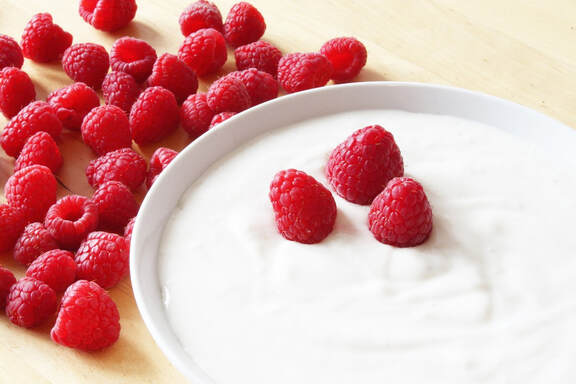
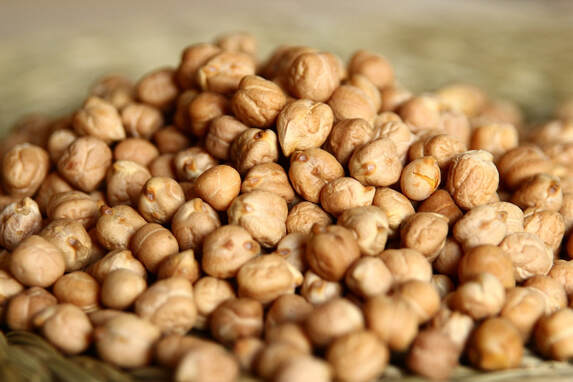
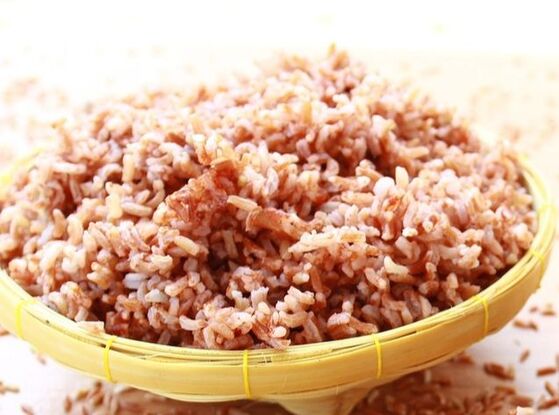
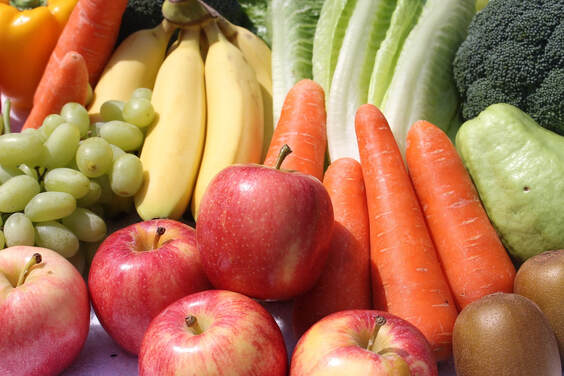
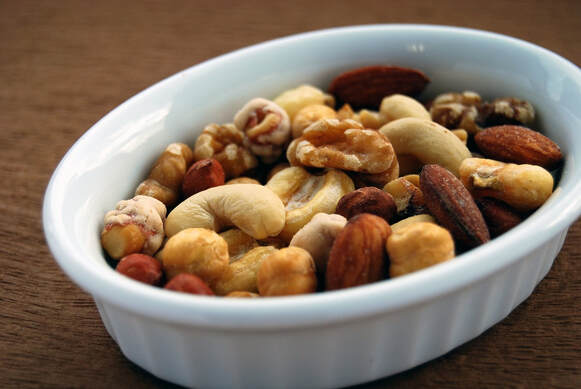
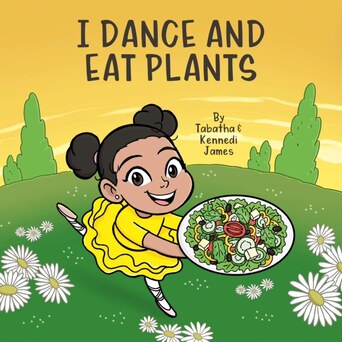
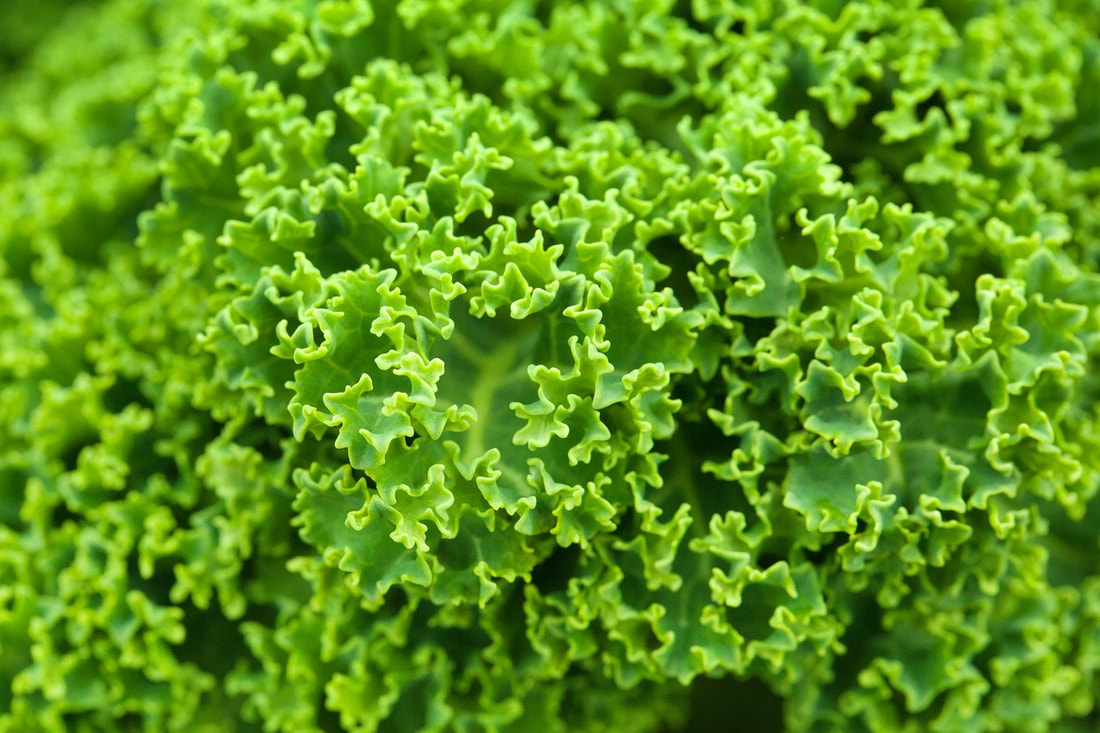
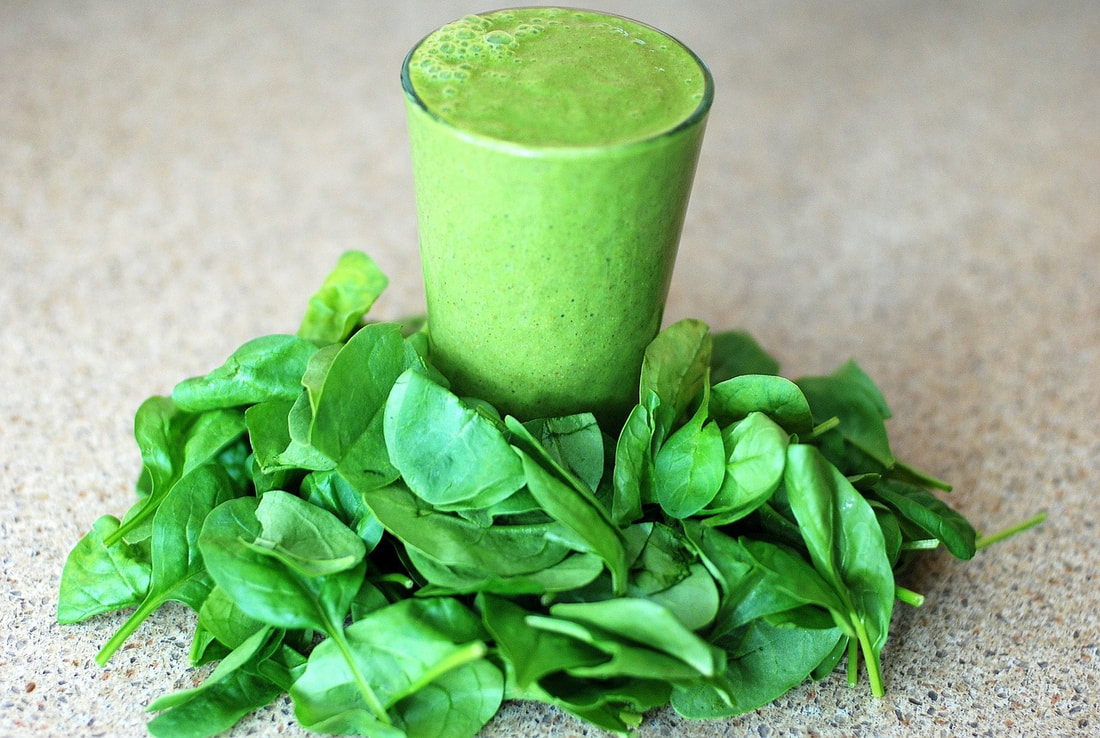
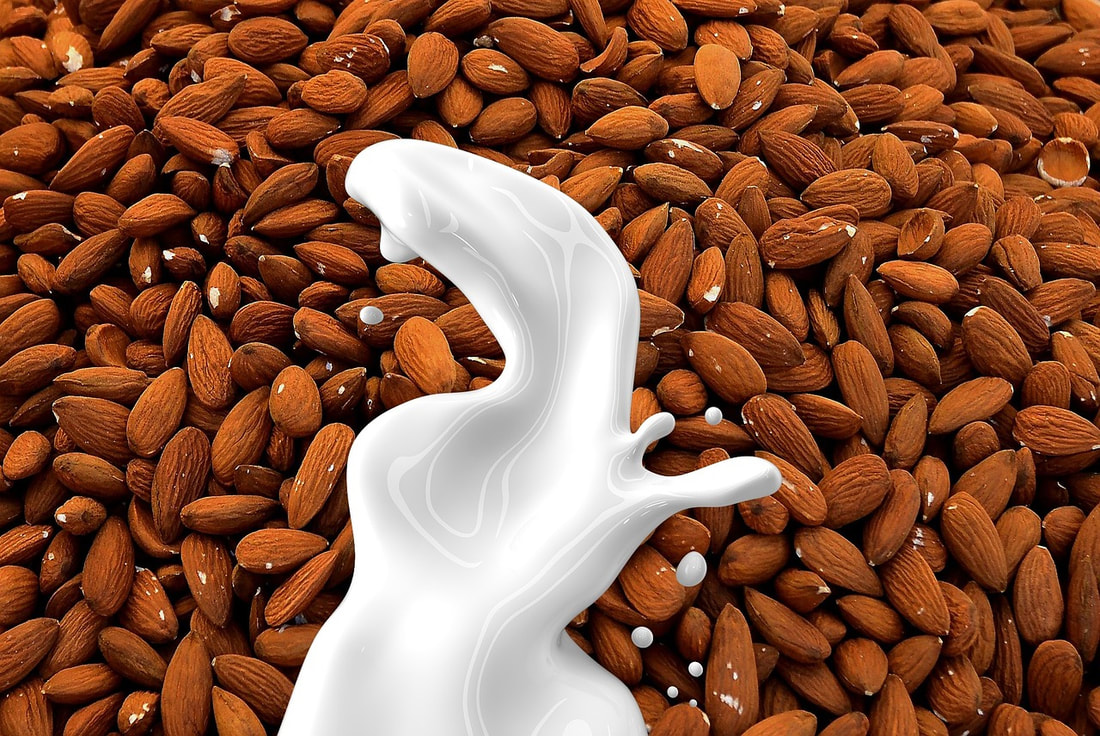
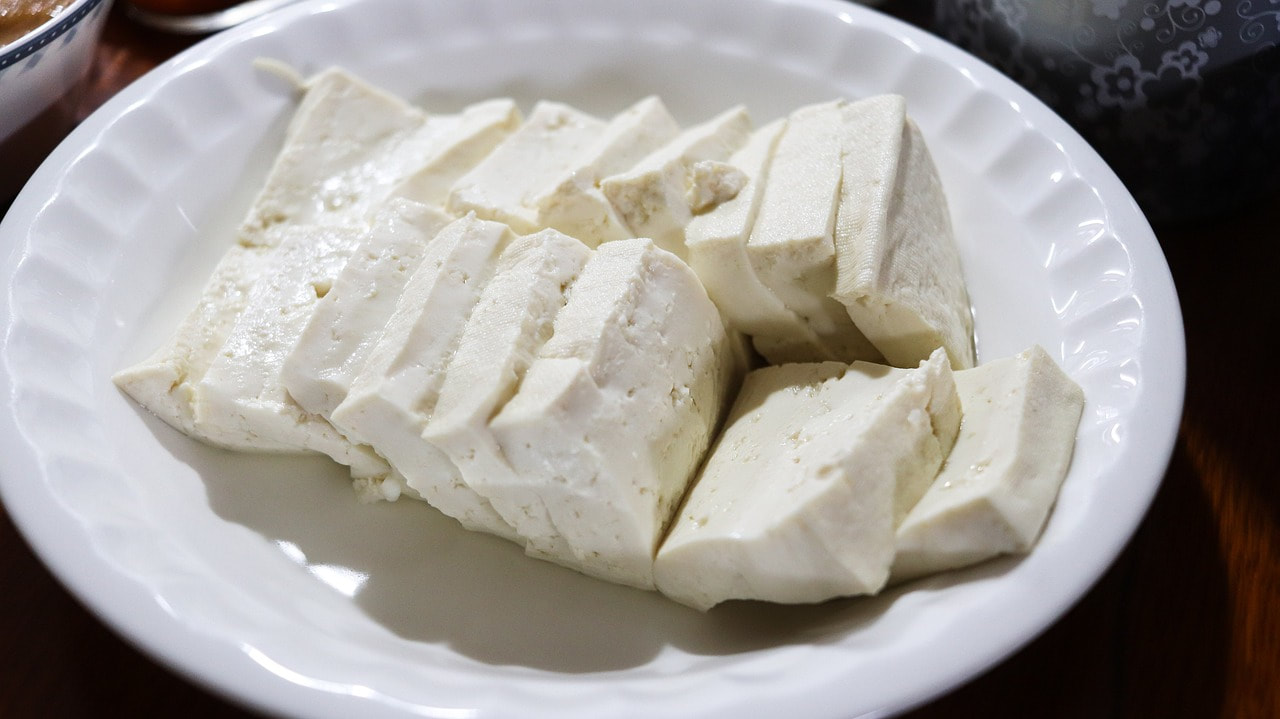
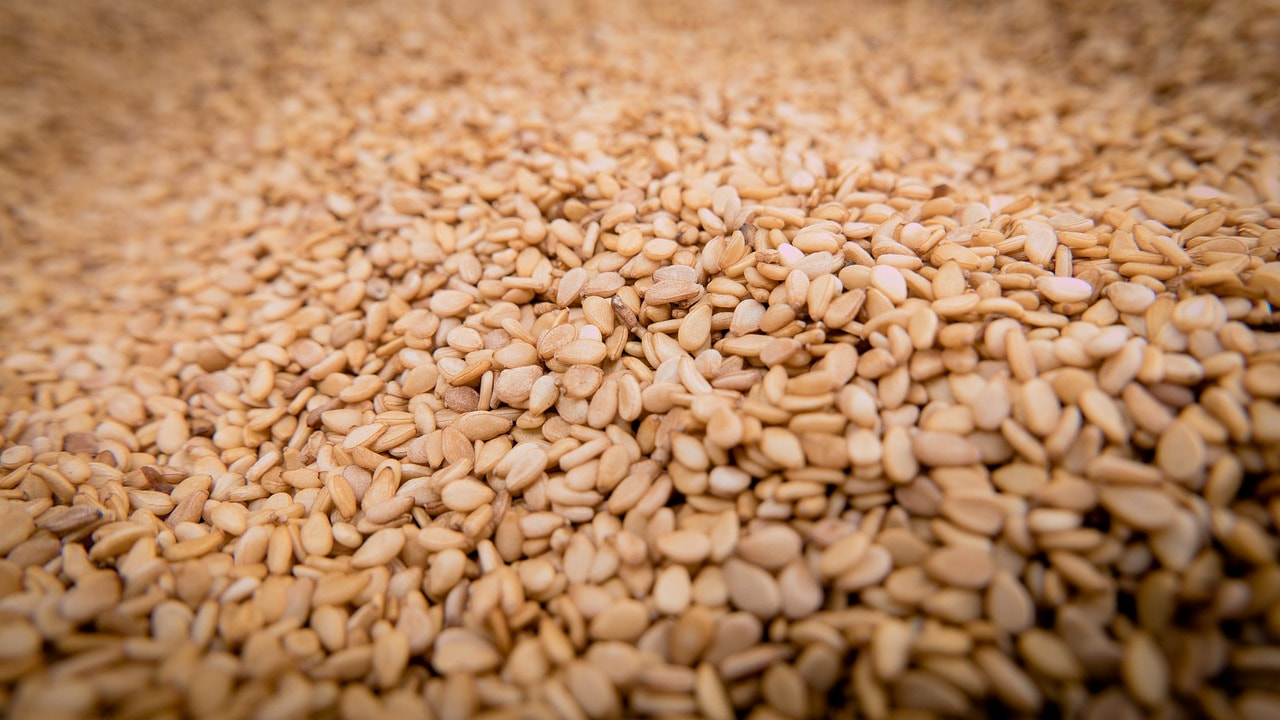

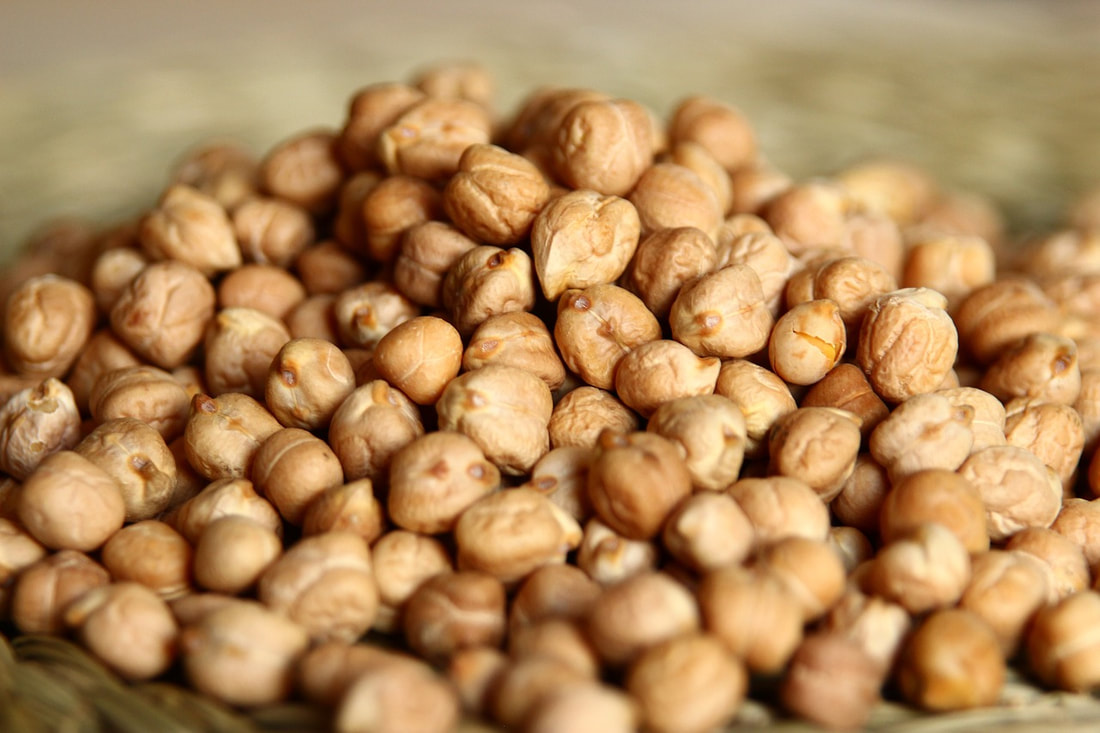
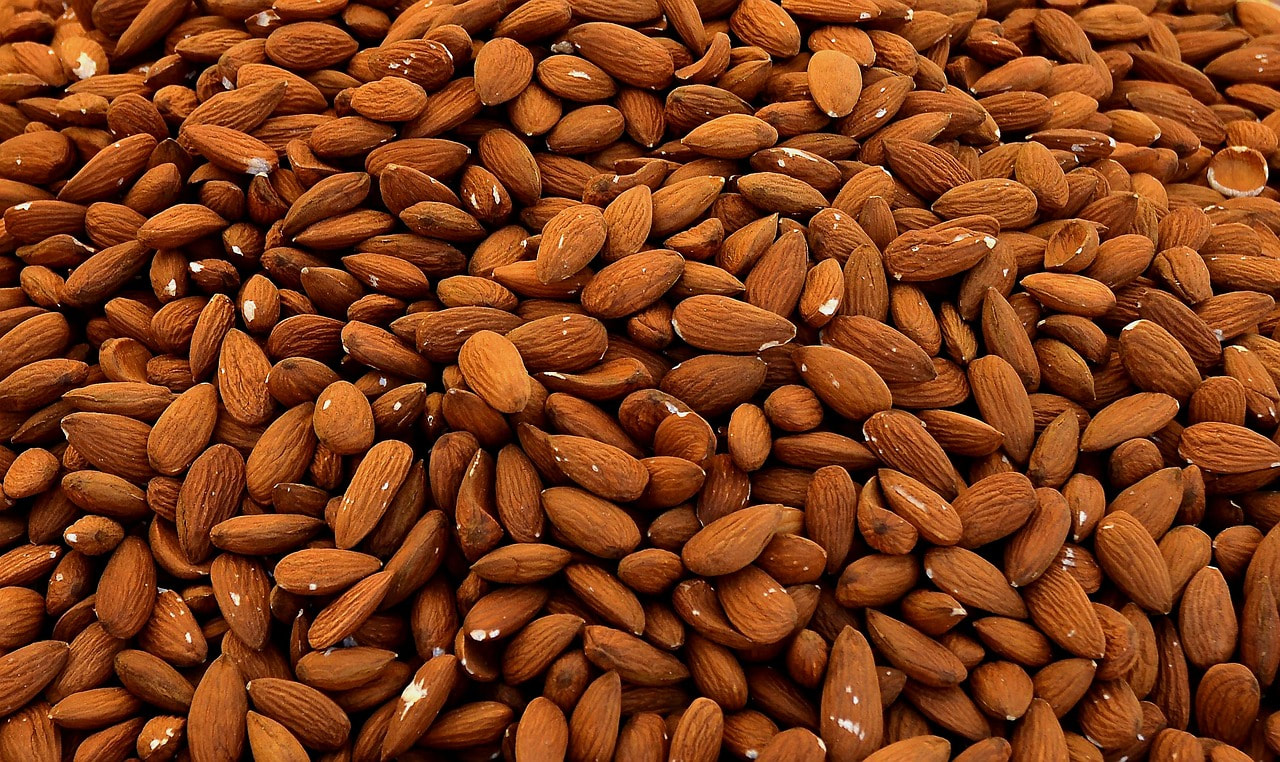
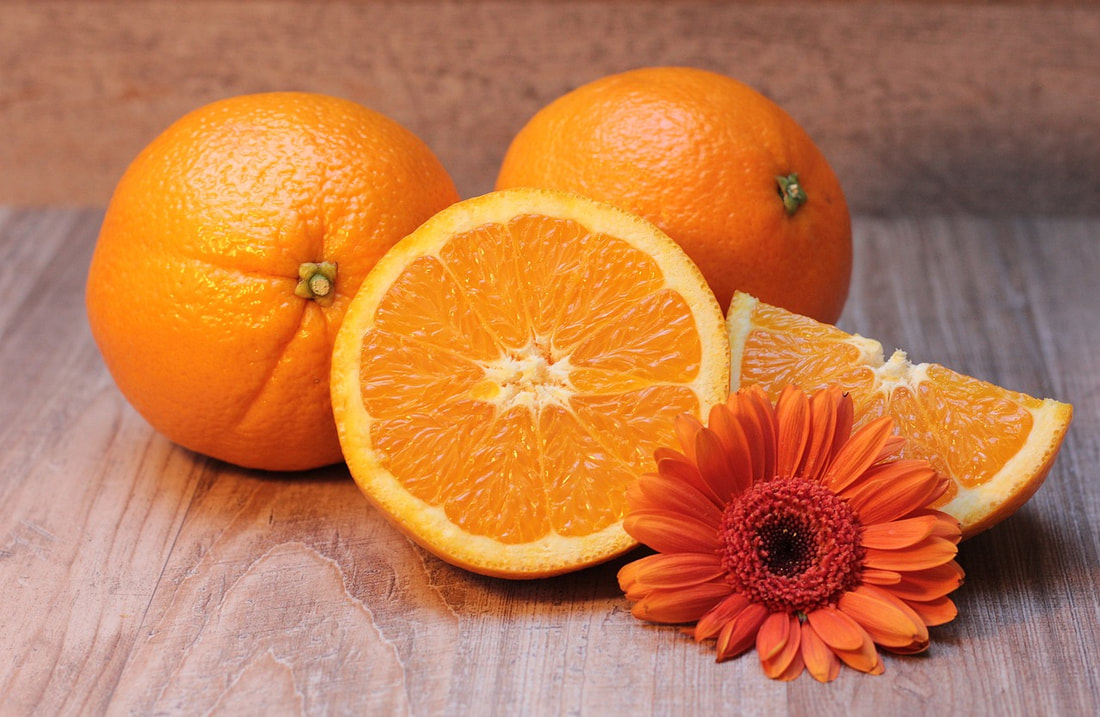
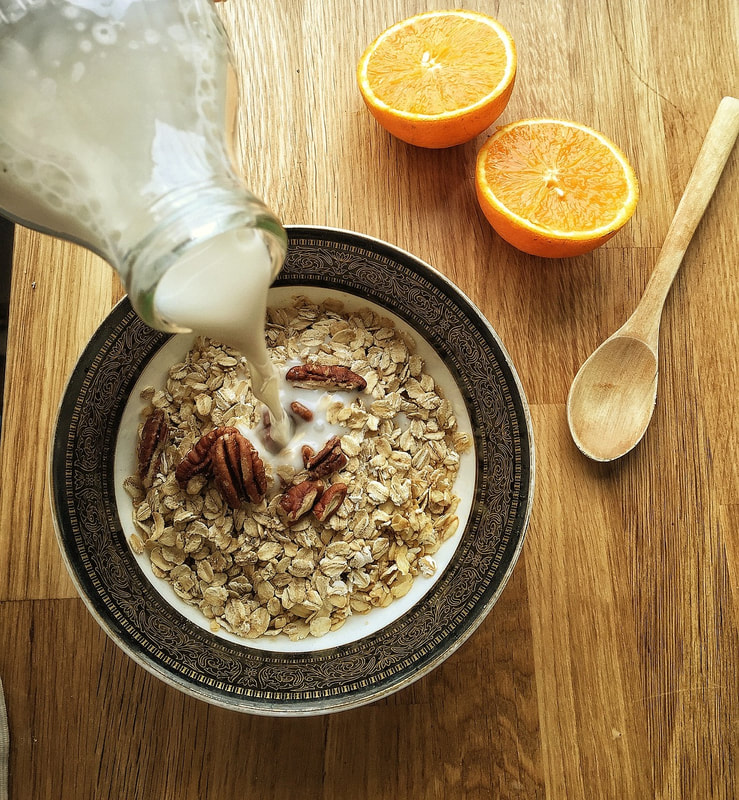
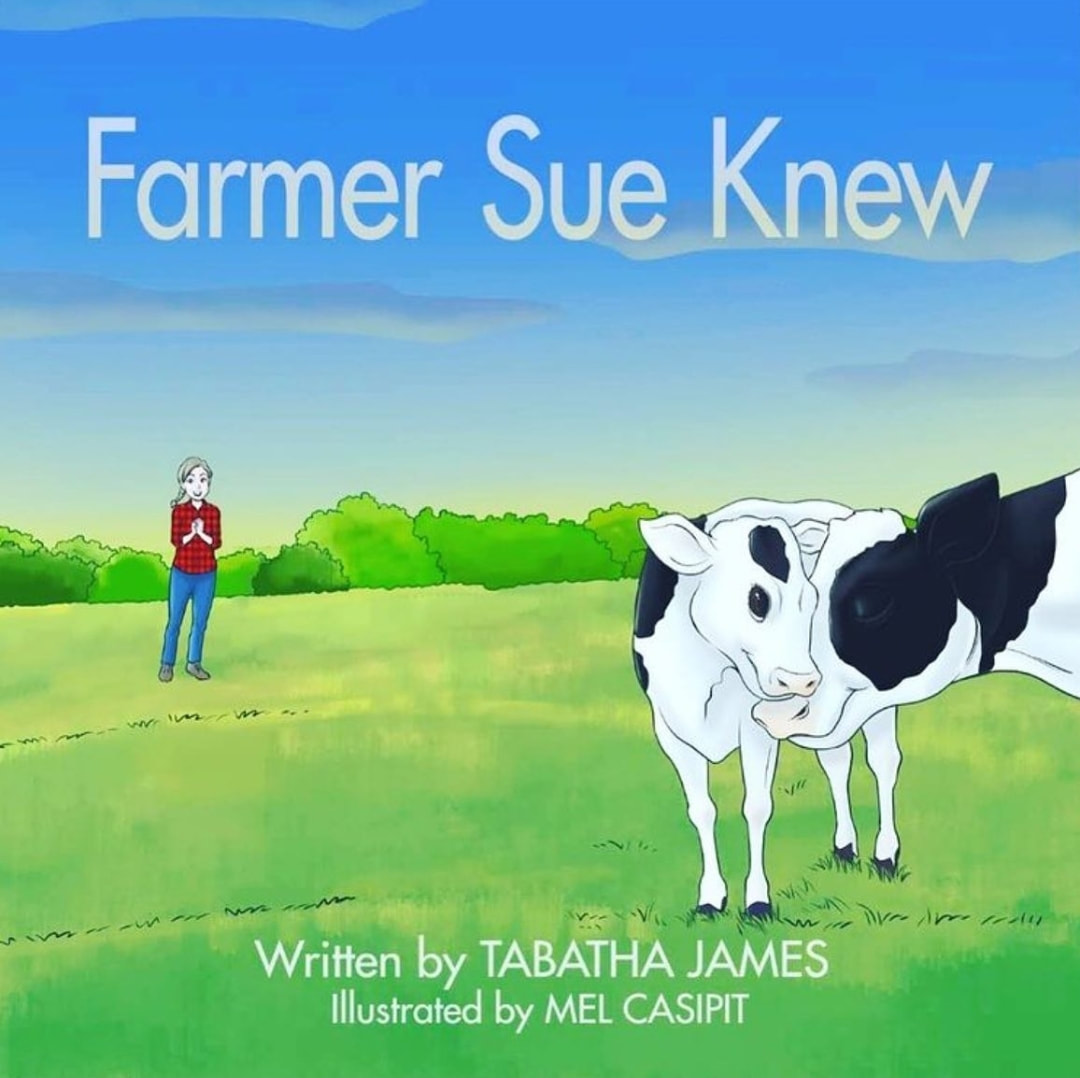
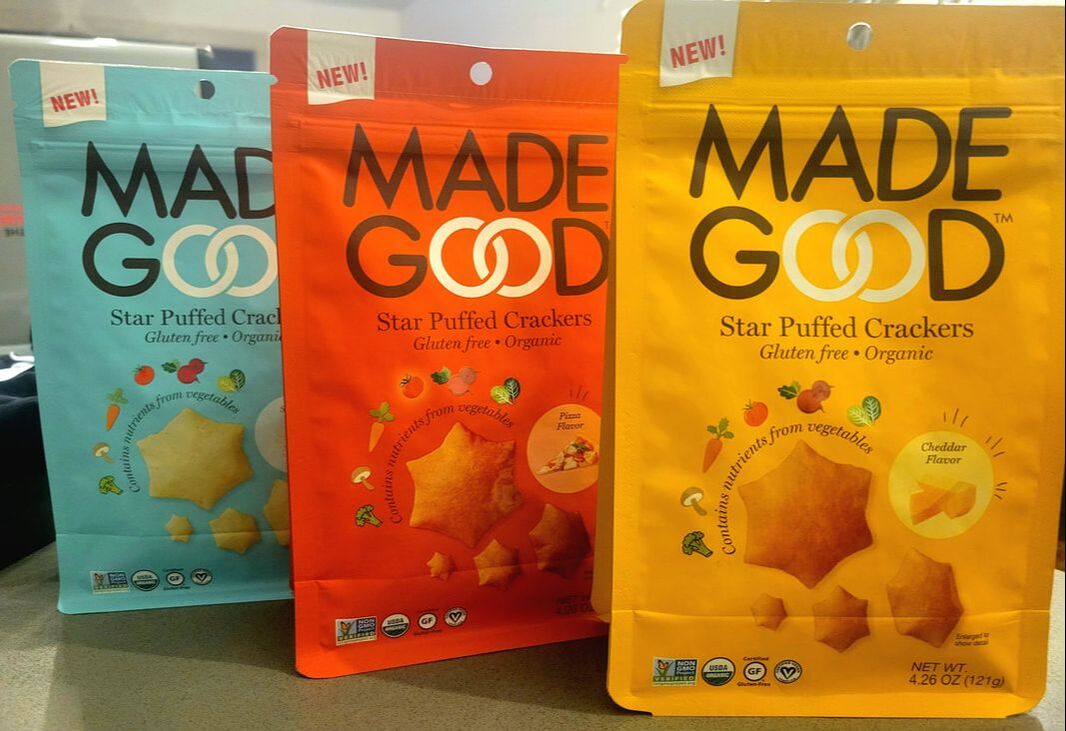
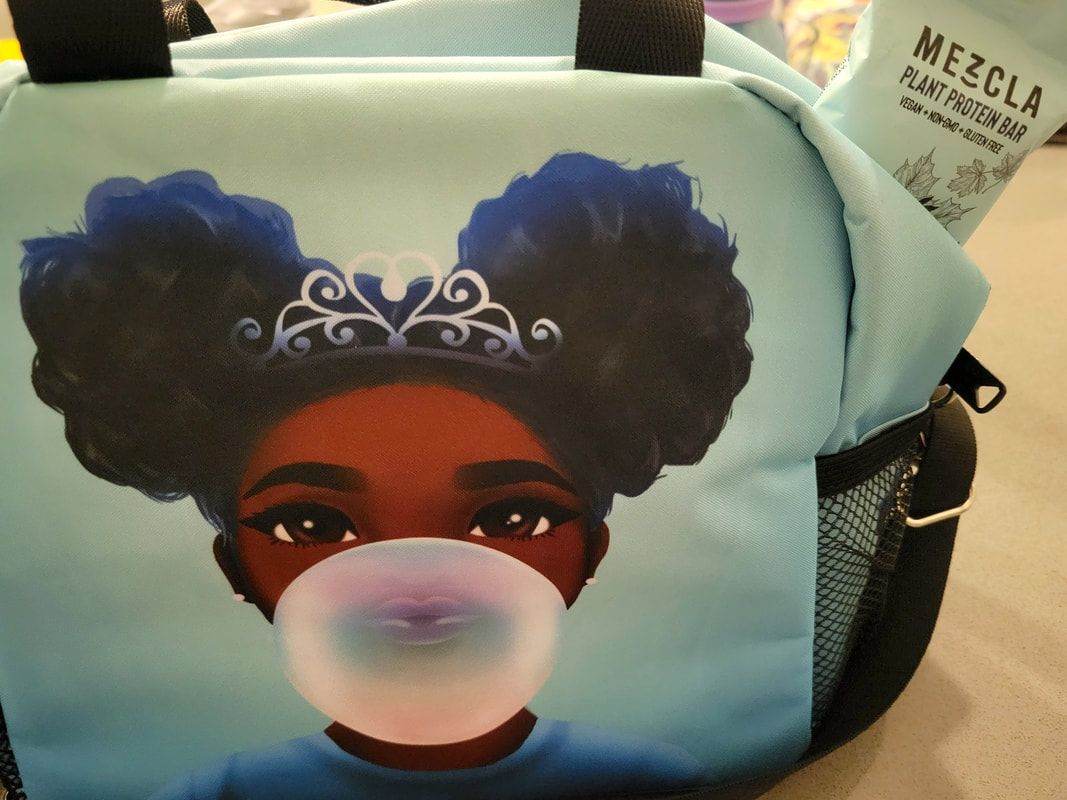
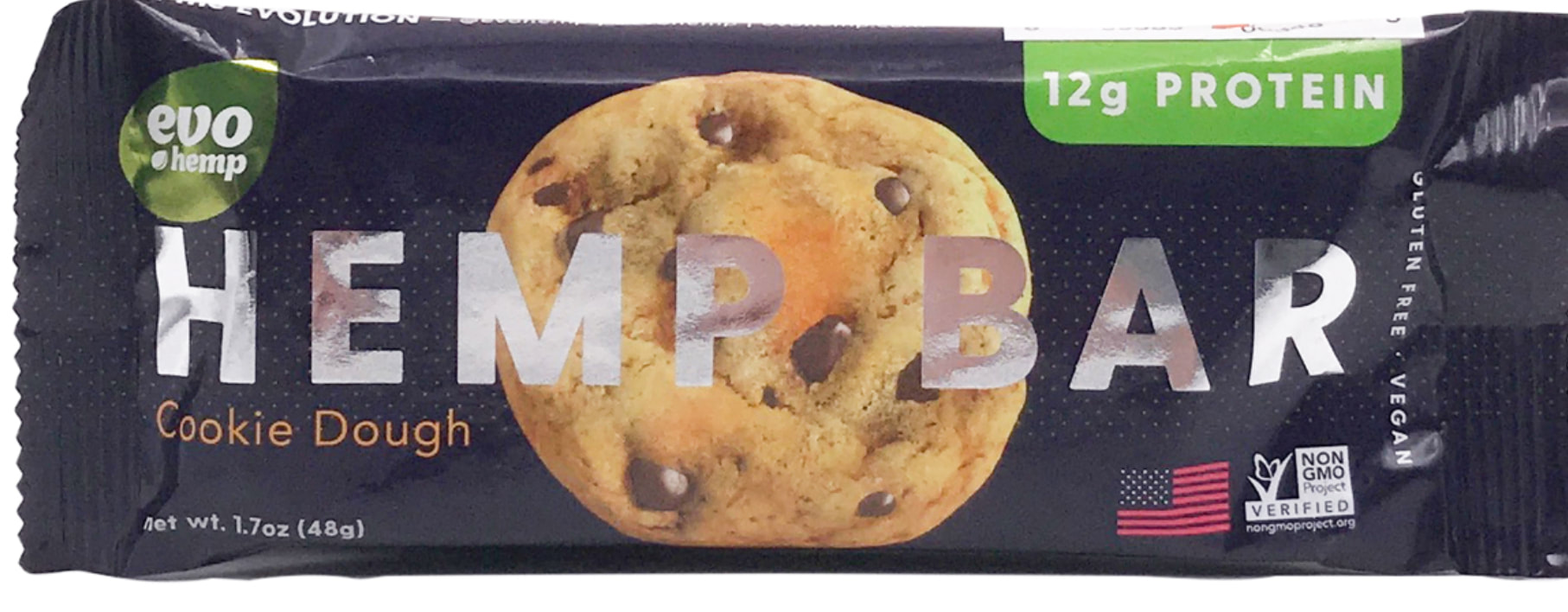
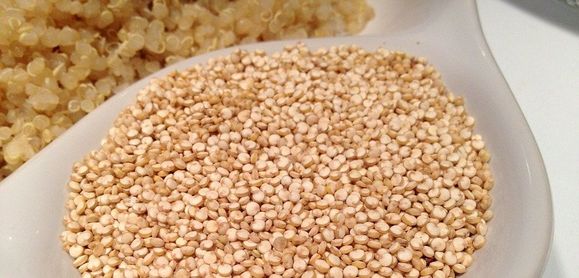
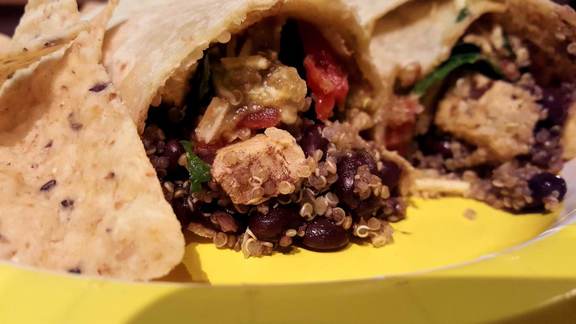
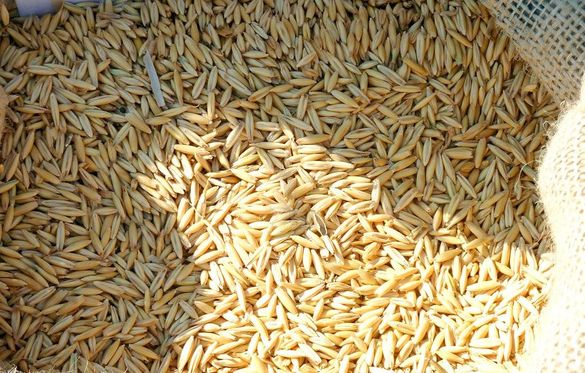
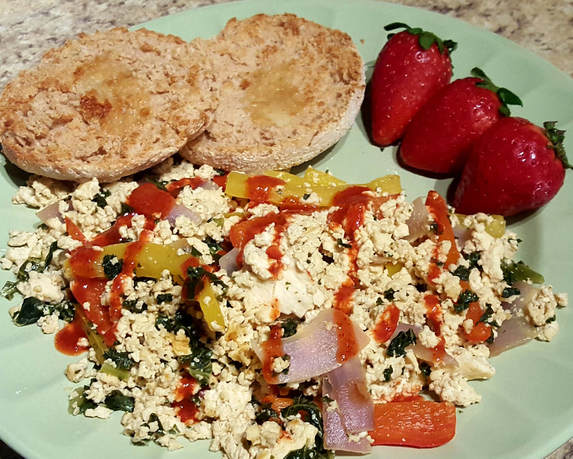
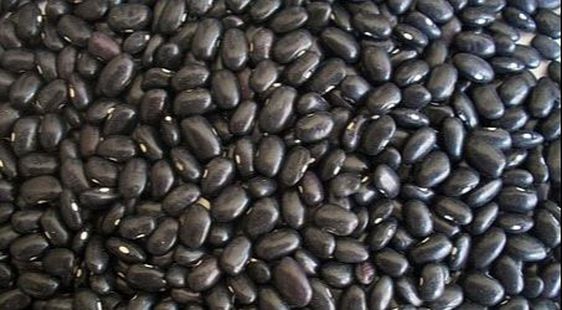
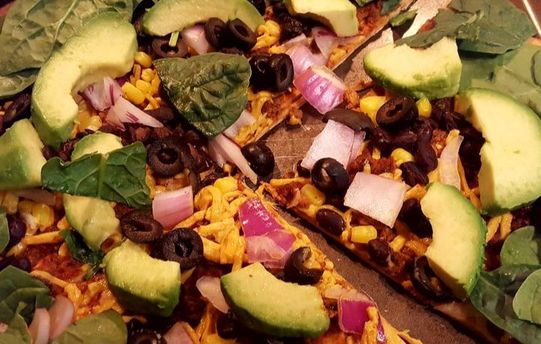
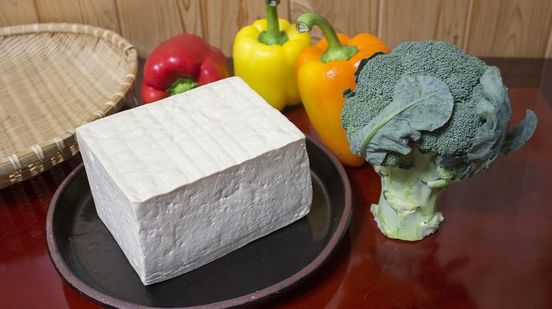
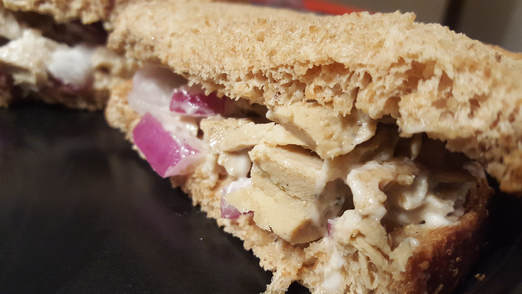
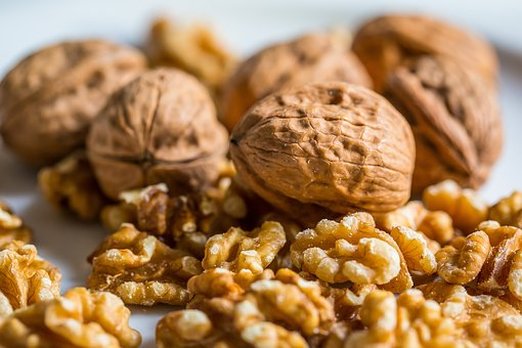
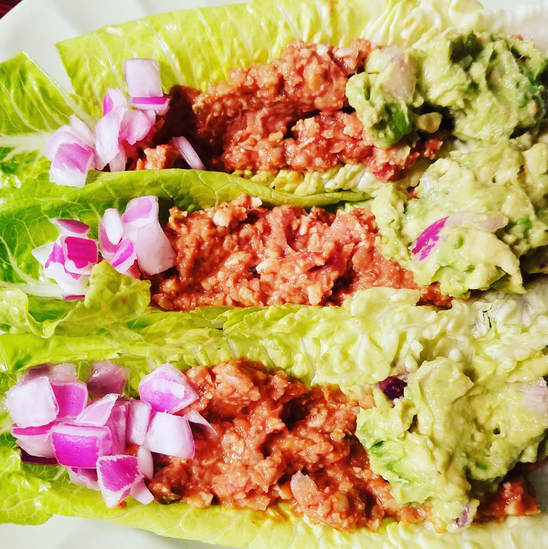
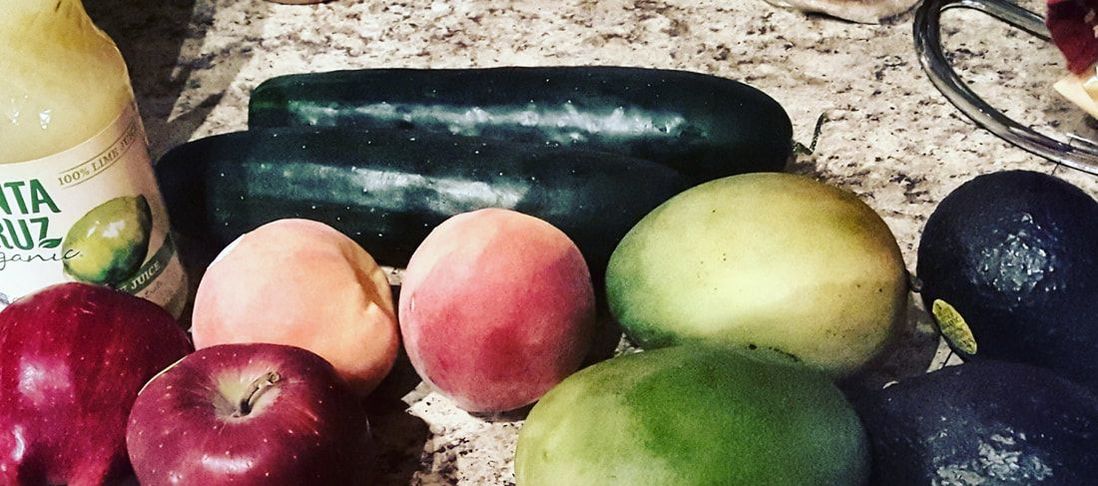
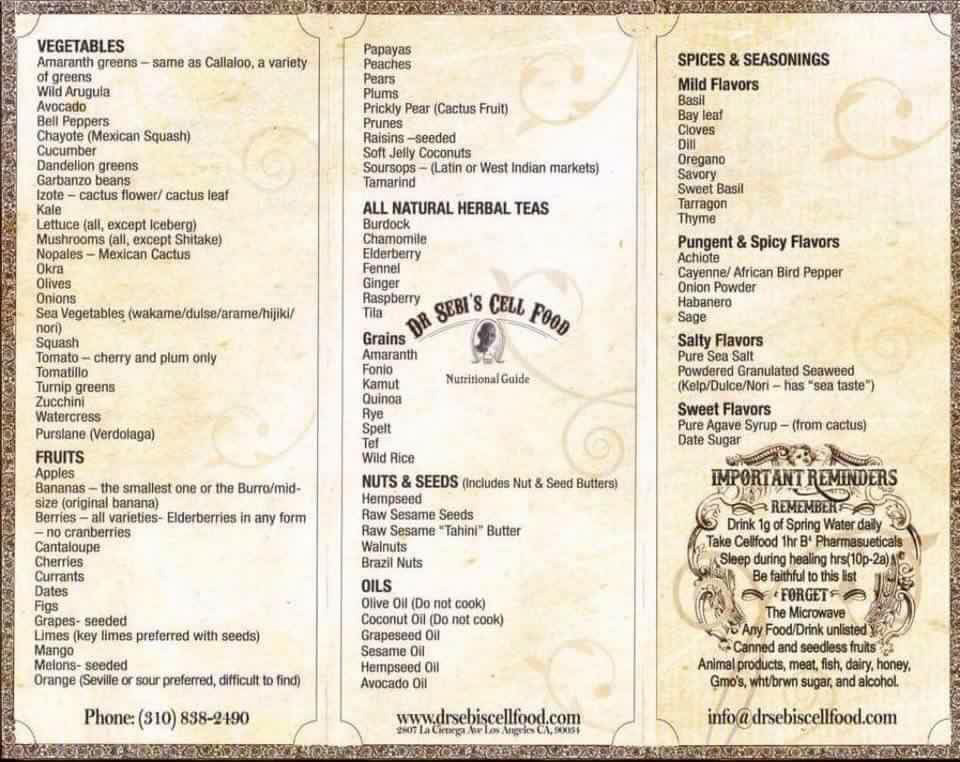
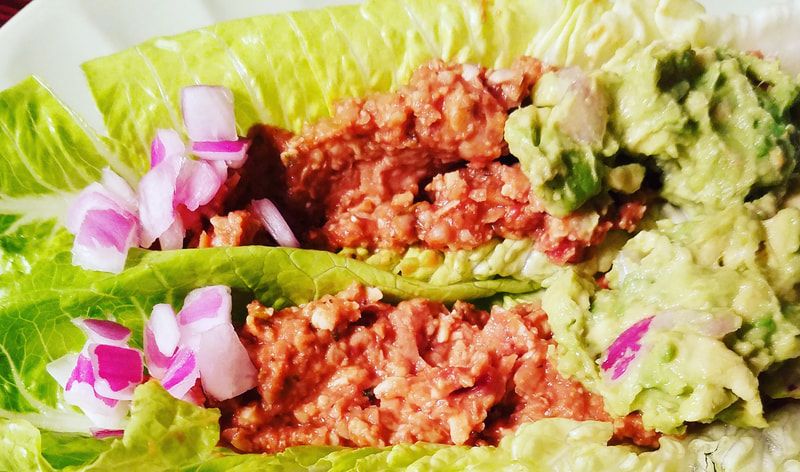
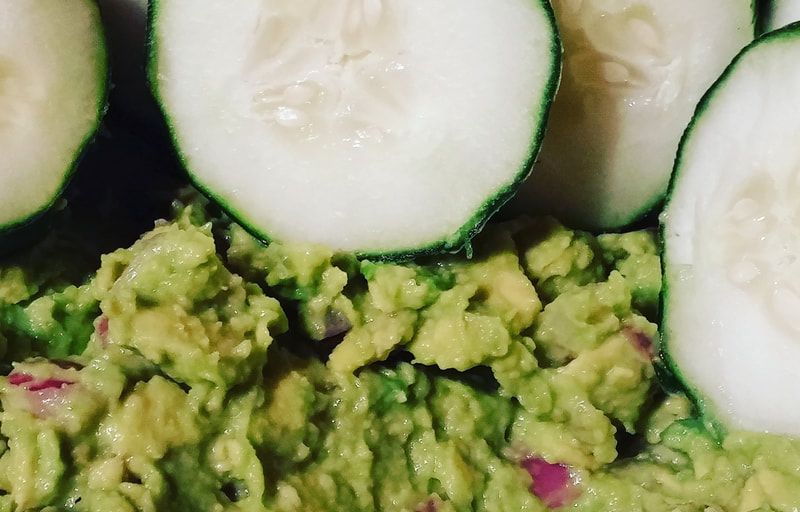
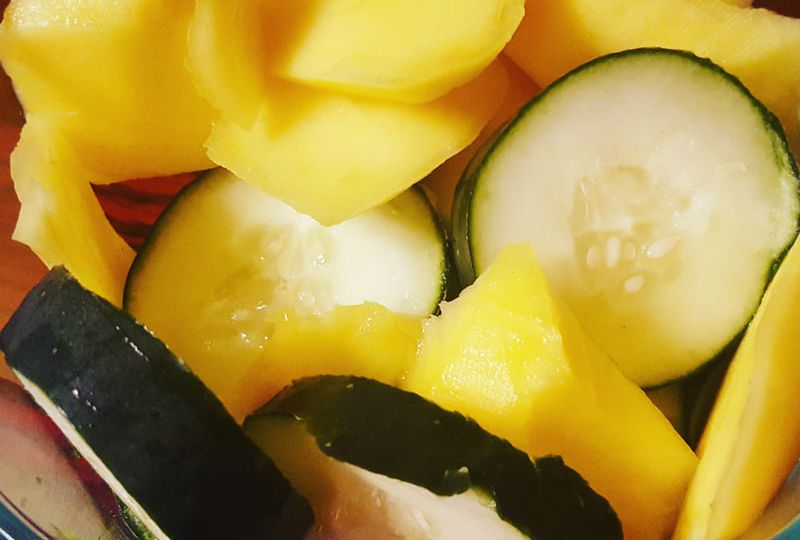
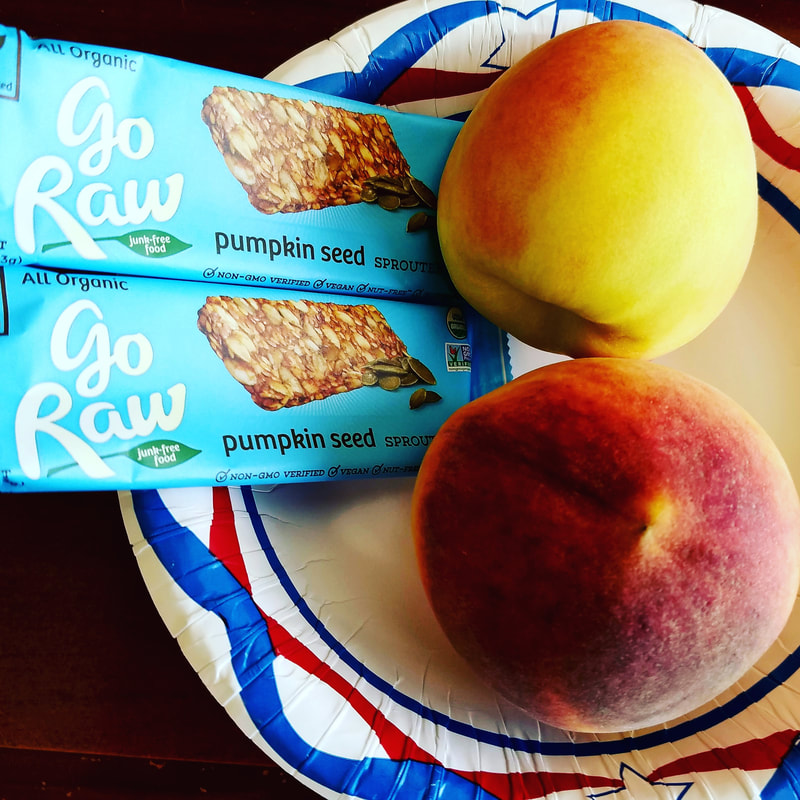
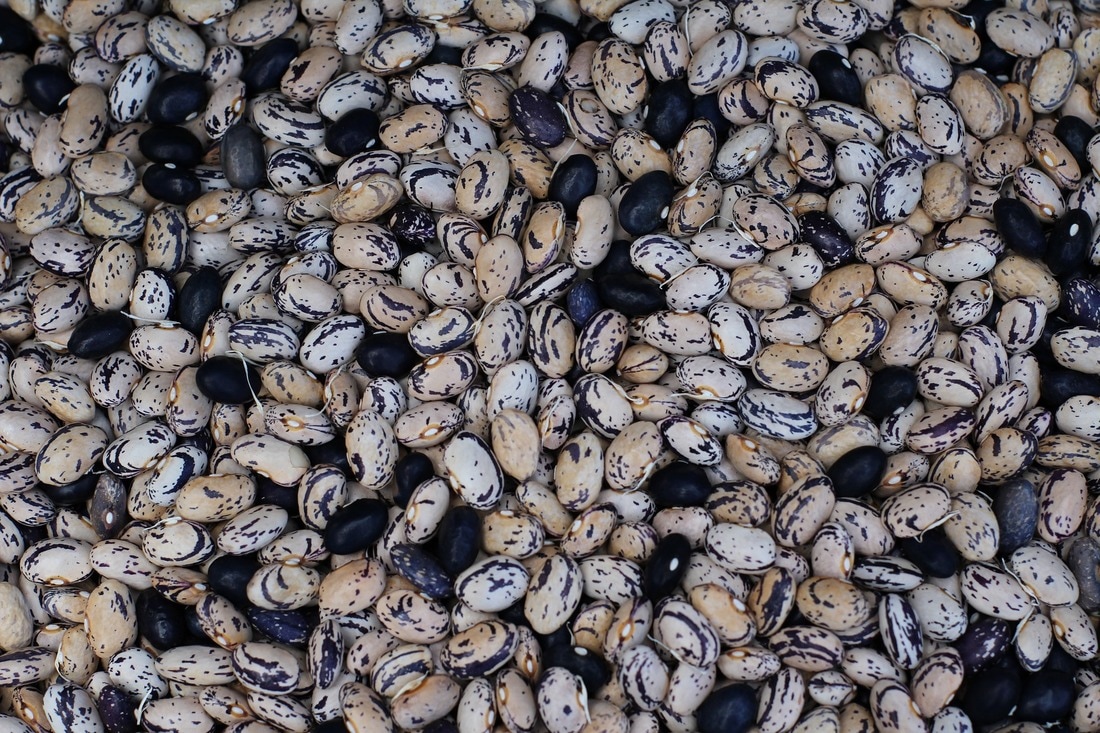
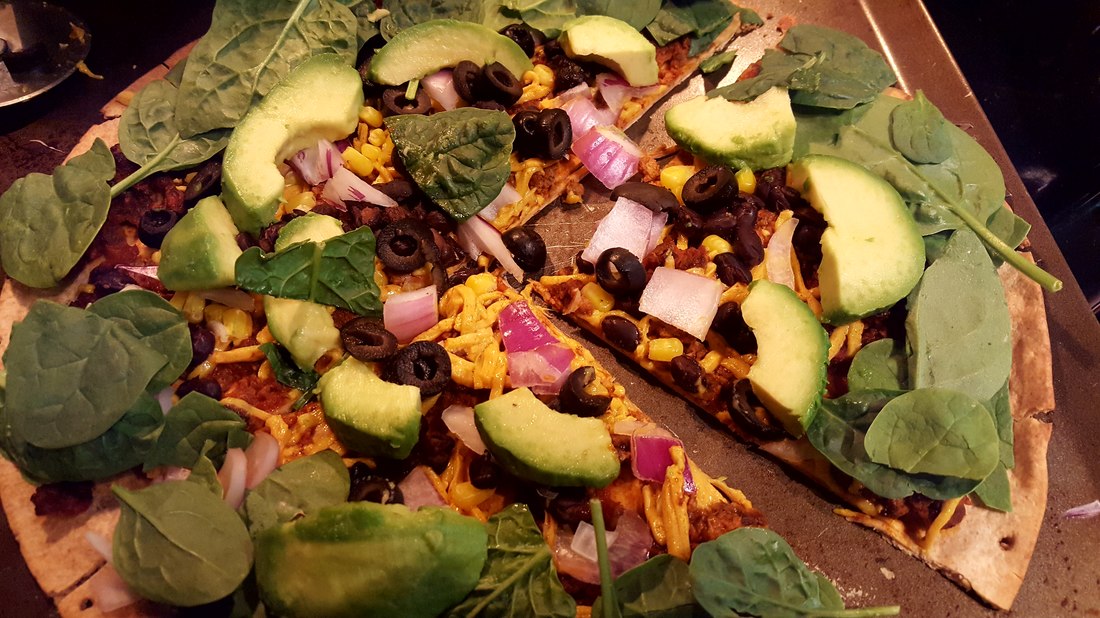
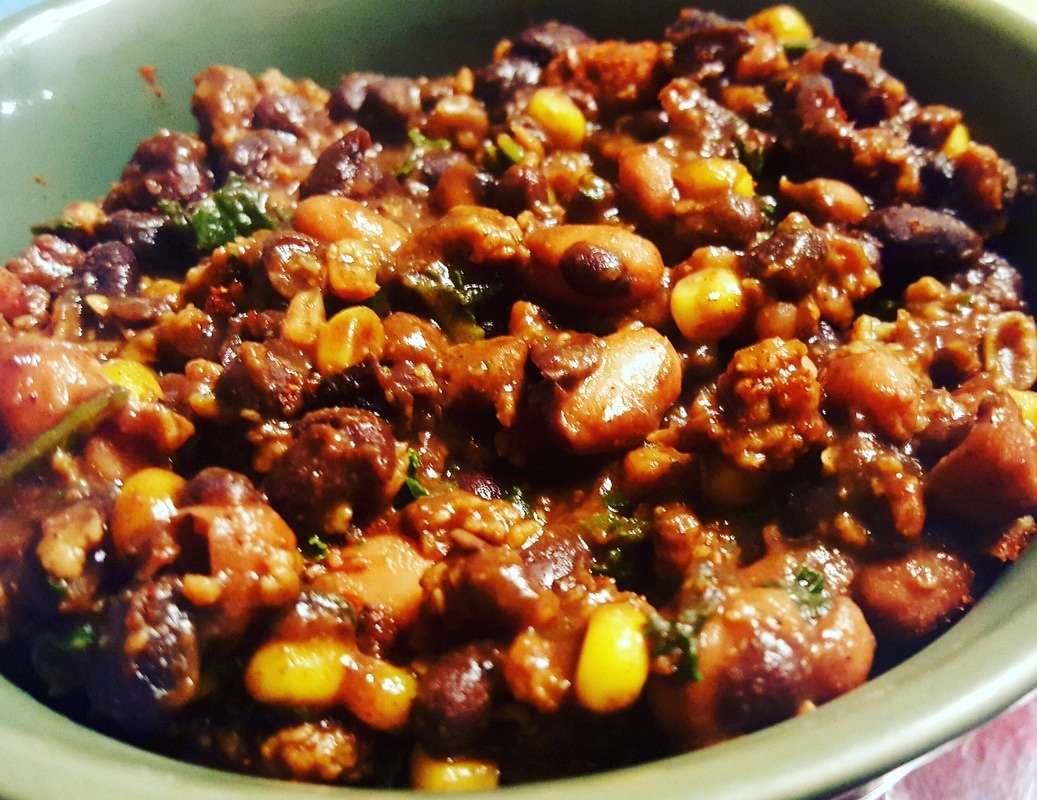
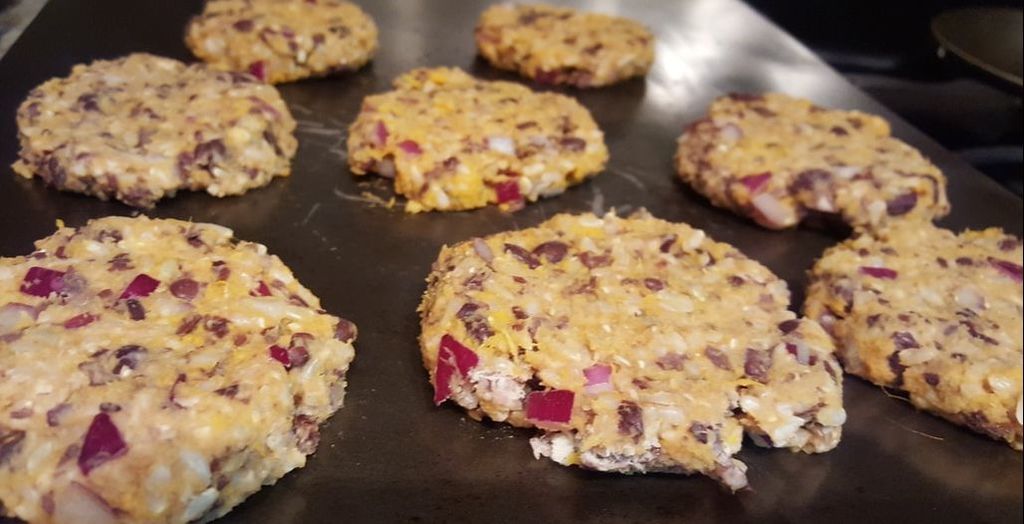
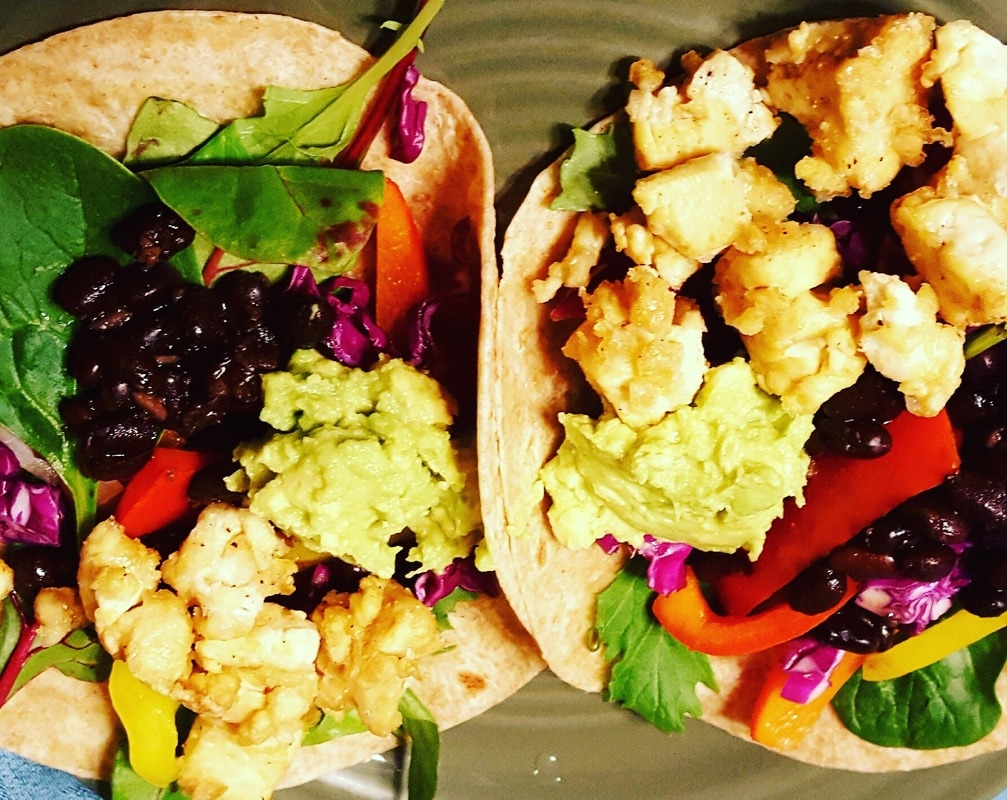
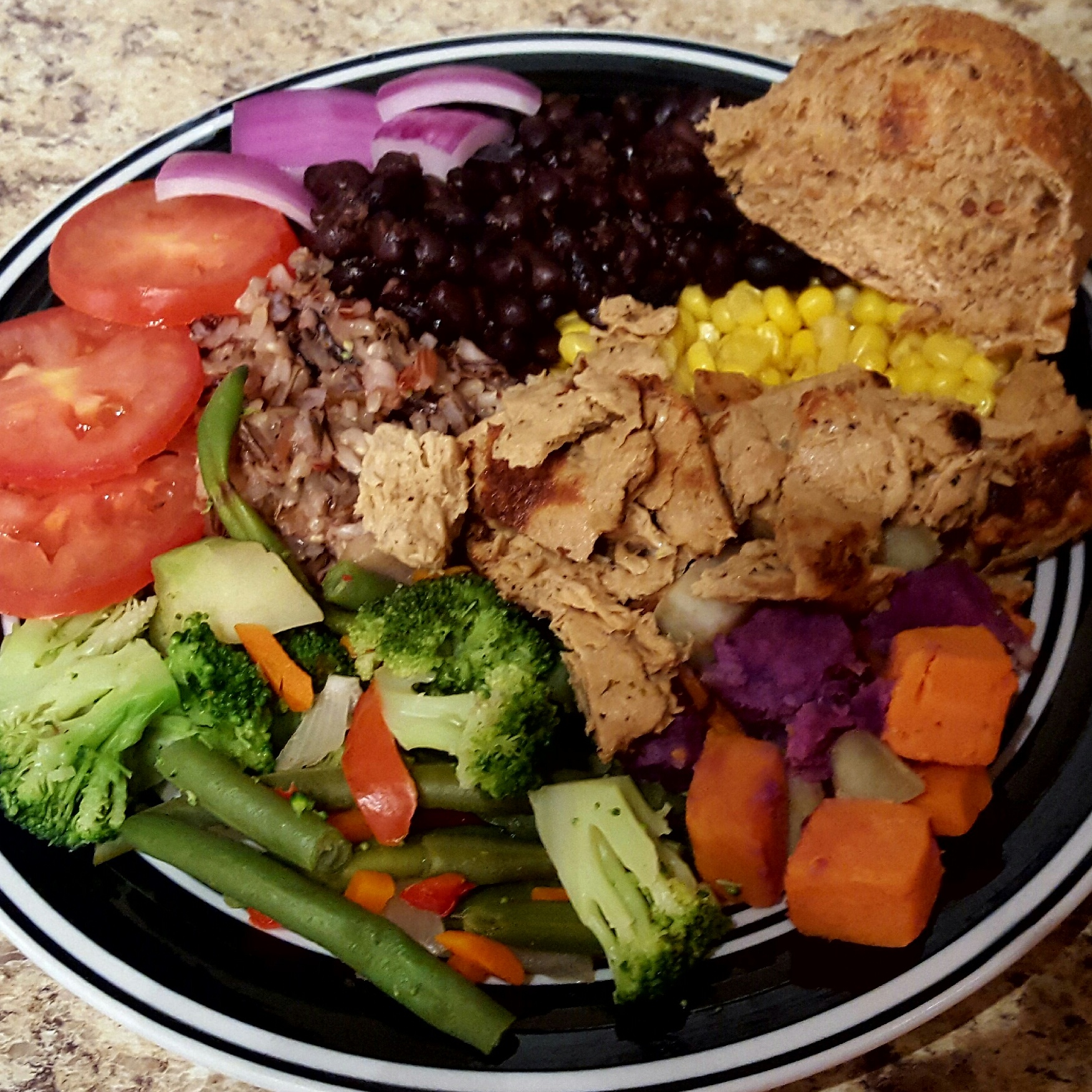
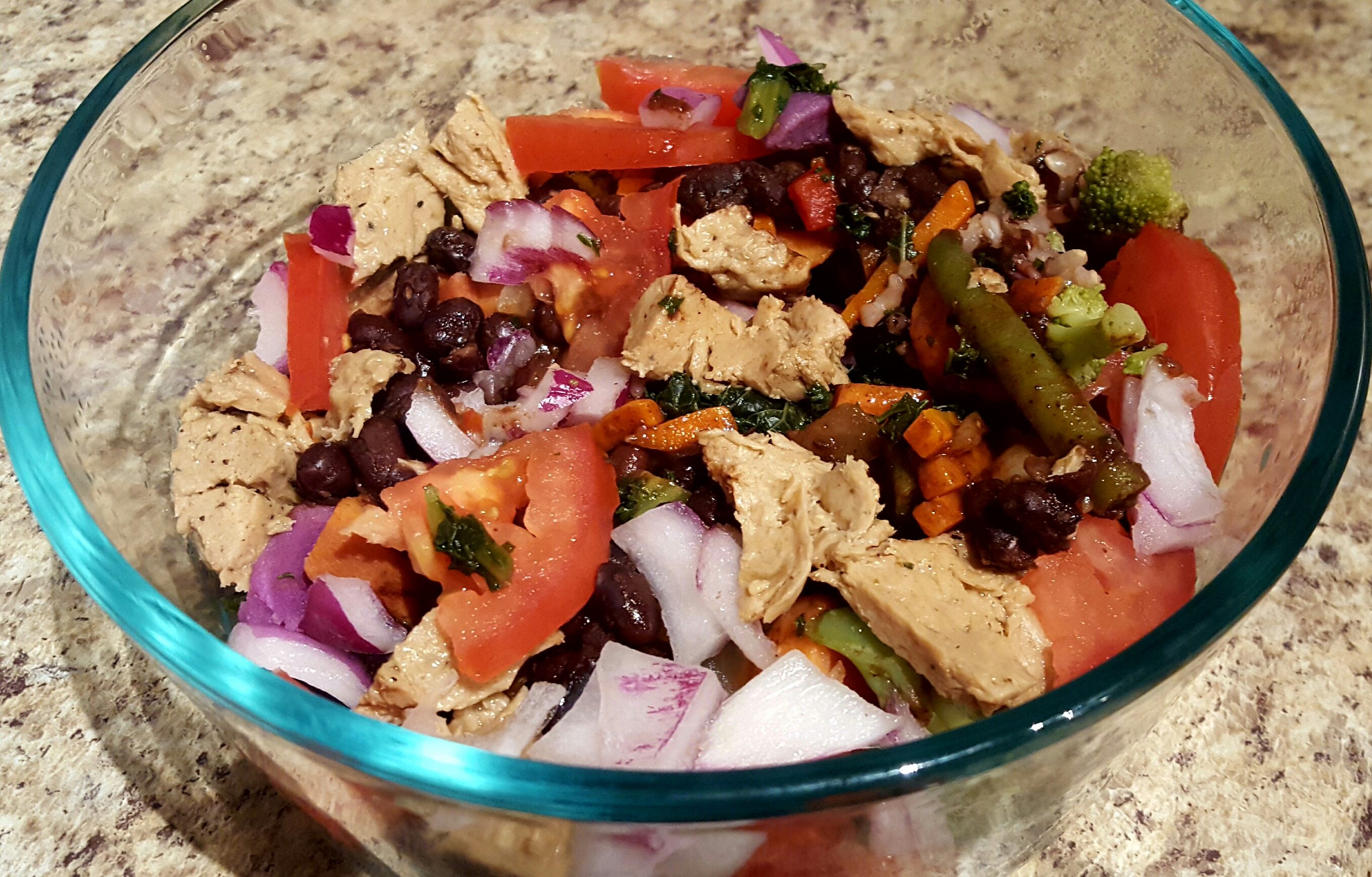
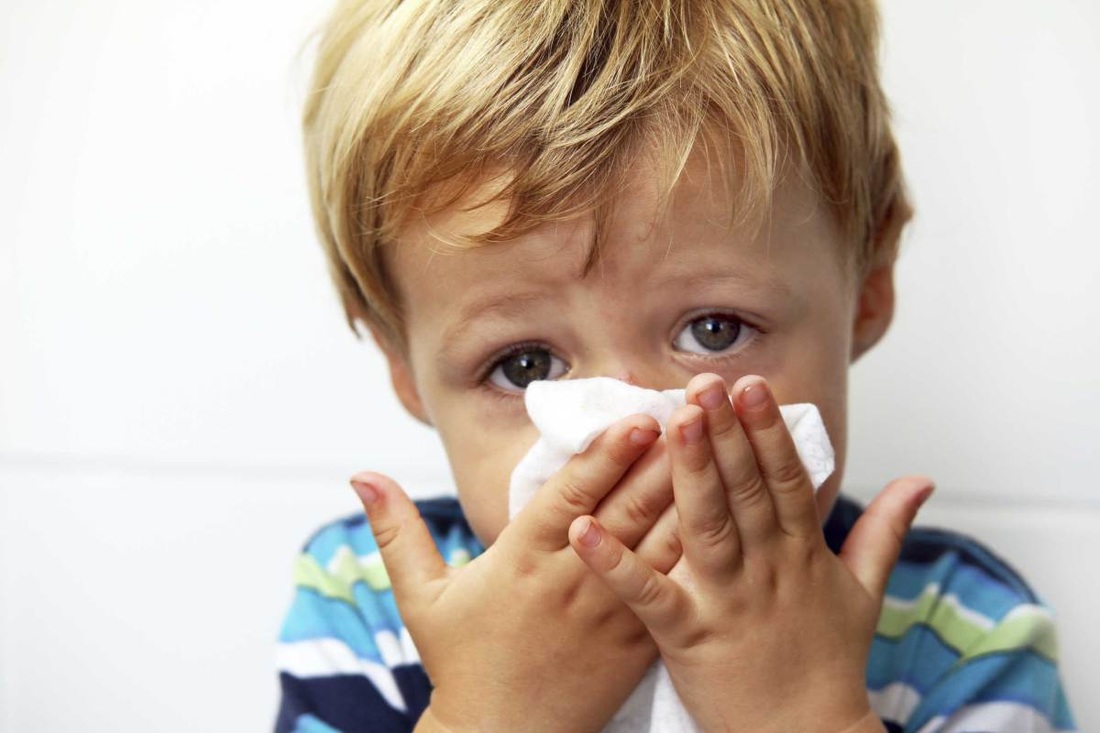
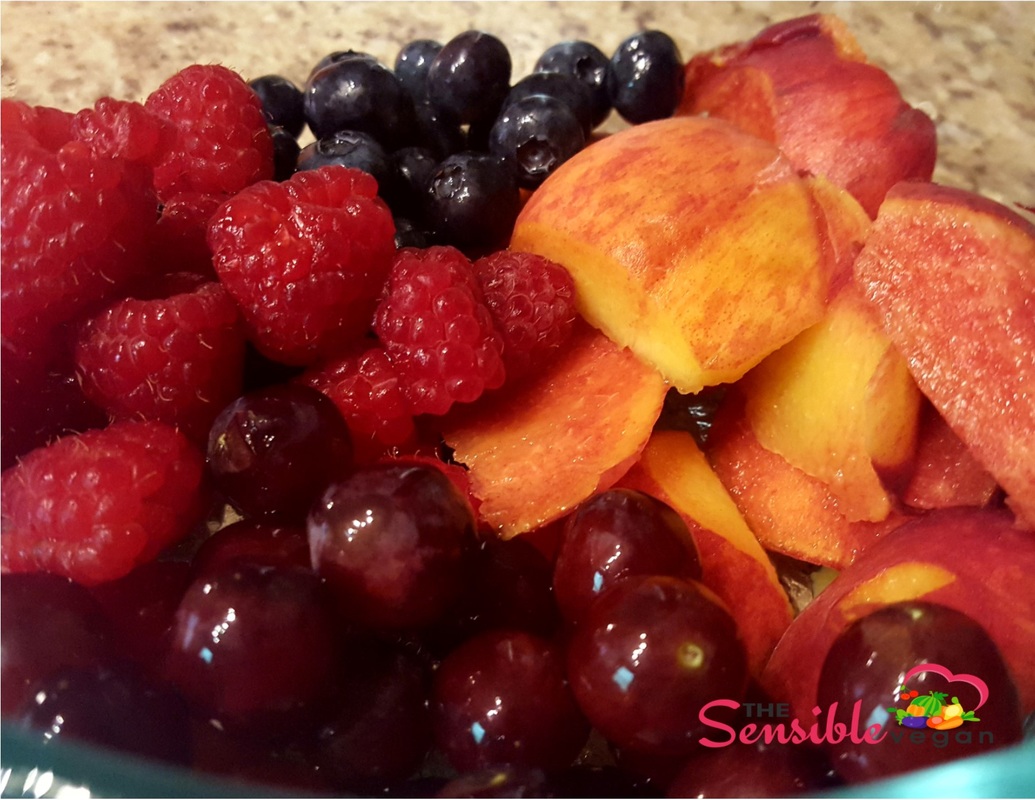
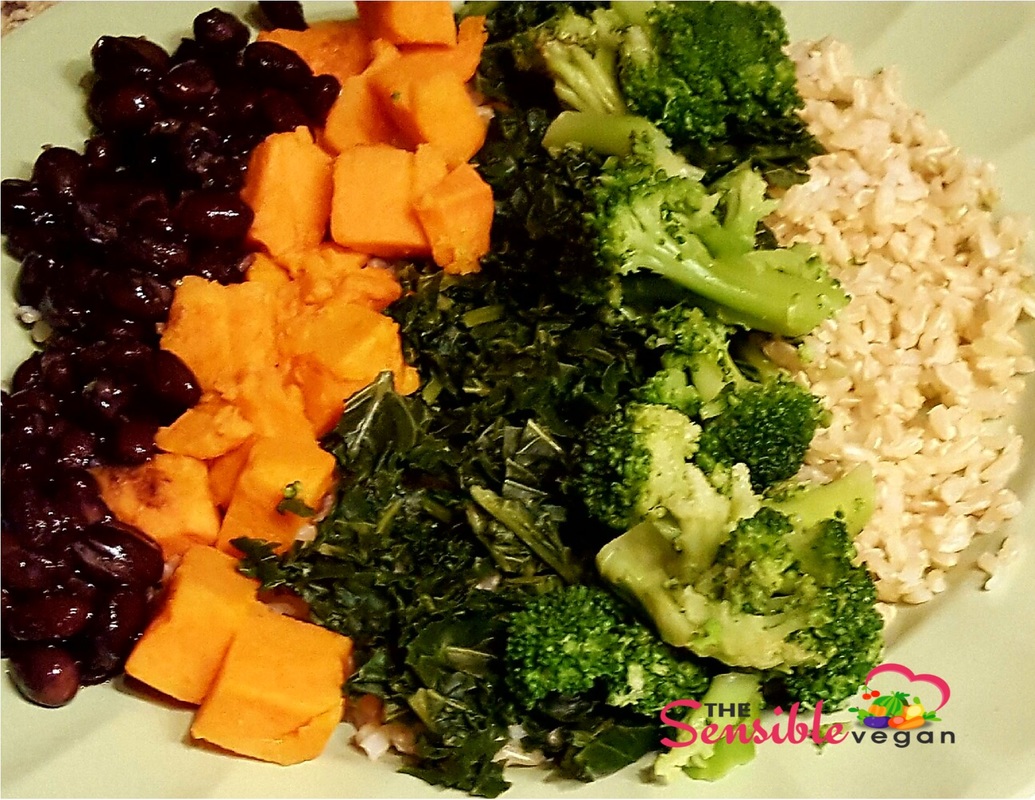
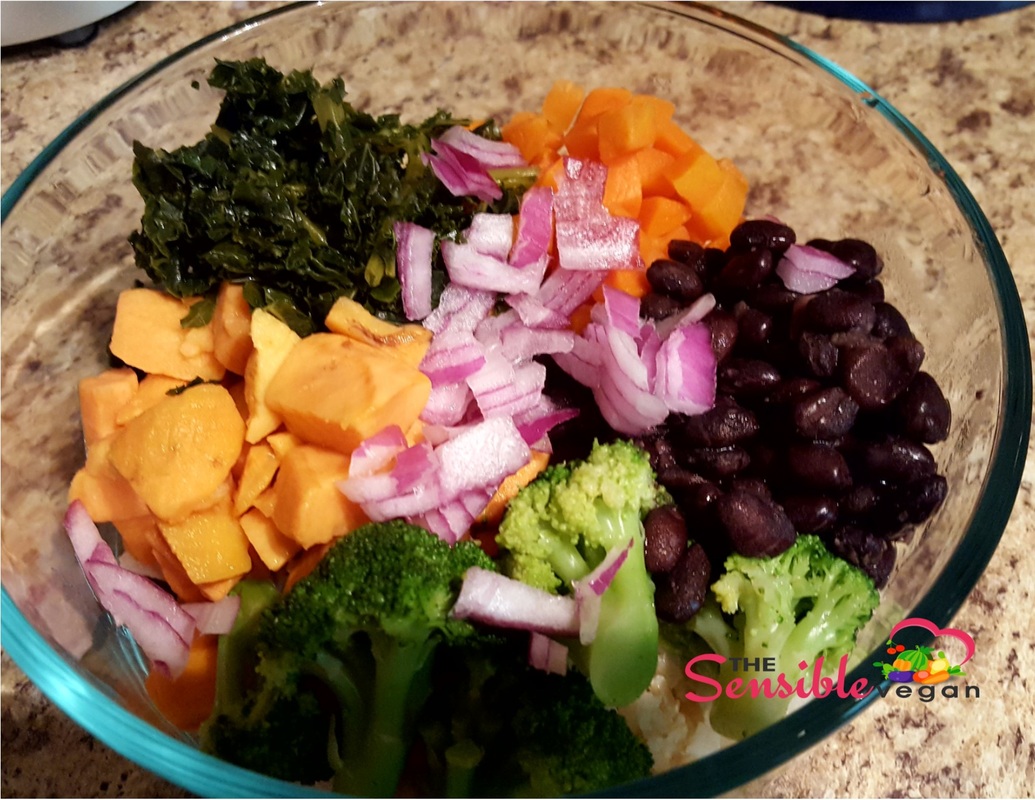
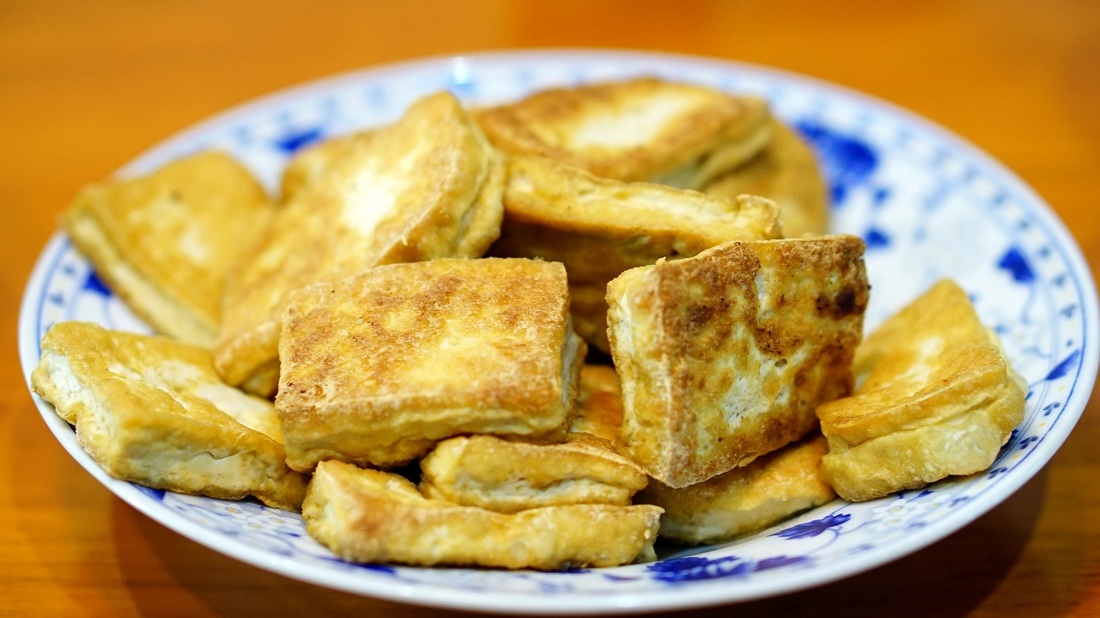
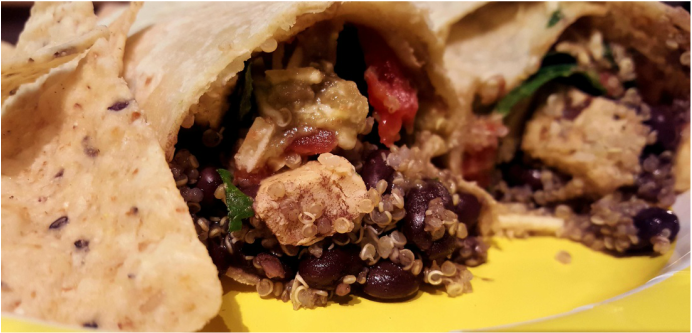
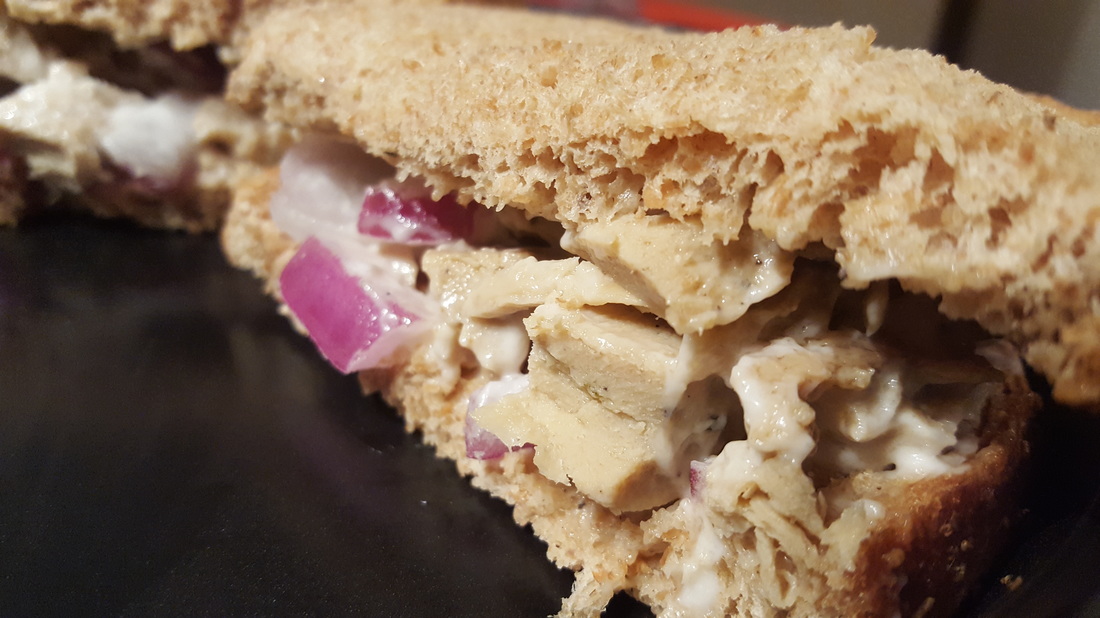
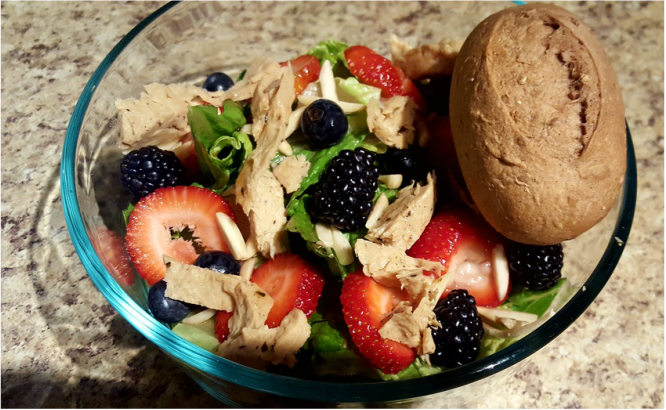
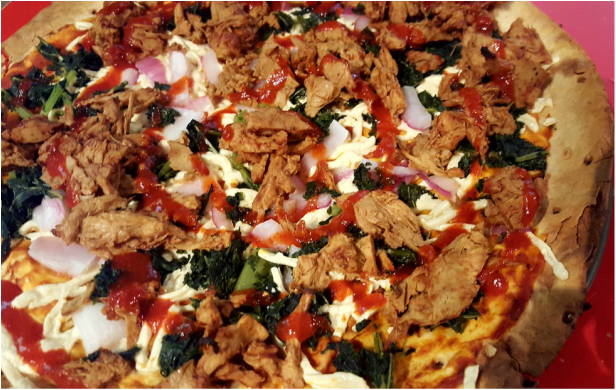
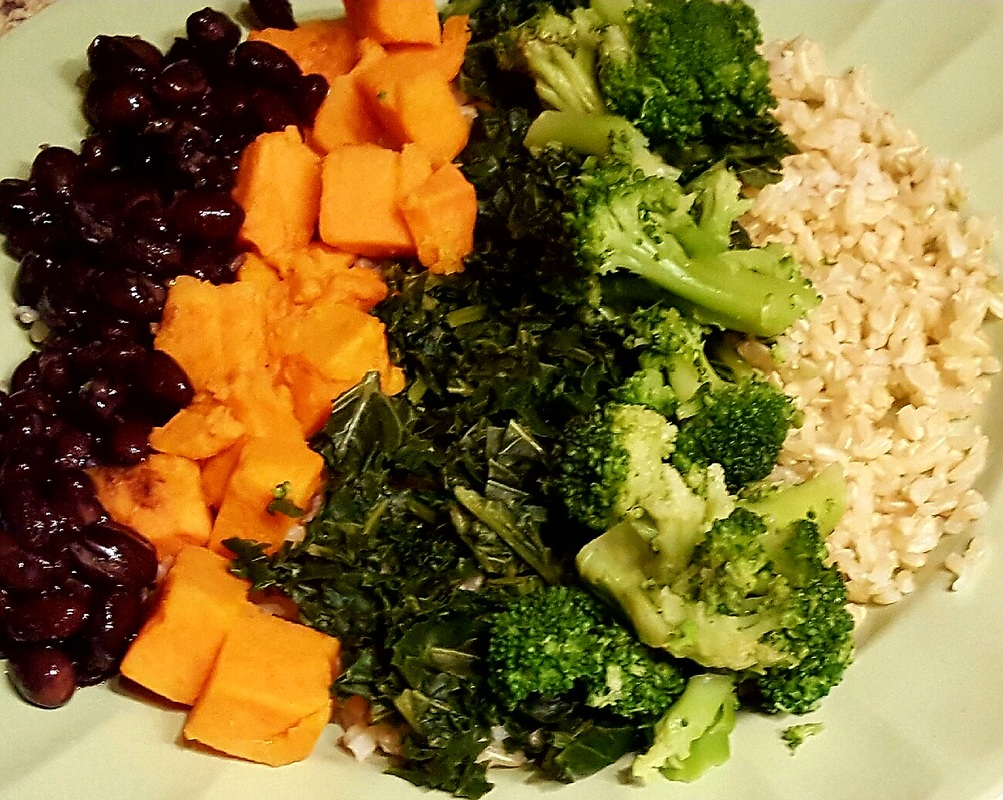
 RSS Feed
RSS Feed
